




GUEST EDITED ISSUE
ARTS
ZIY: Zine It Yourself
Elias BatachEl (they/he), Alex Pham (he/they)

got something to say?
Our magazine, Salient, is run by students for students. Without the involvement of students, we wouldn't be able to operate. Every year, we welcome pitches and inquiries from individuals who are interested in writing for us. For more information, please email editor@salient. org.nz or visit our website at salient.org.nz.
complaints
Complaints regarding the material published in Salient should first be brought to the CEO in writing (ceo@vuwsa.org. nz). If not satisfied with the response, complaints should be directed to the Media Council (info@ mediacouncil.org.nz).
about us
Salient is published by, but remains editorially independent from, the Victoria University of Wellington Student's Association (VUWSA). Salient is funded in part by VUWSA through Student Services Levy. Salient is a member of the Aotearoa Student Press Association (ASPA).
The views expressed in Salient do not necessarily reflect those of the Editor, VUWSA, or the University.

page 02 contents rārangi kōrero in this issue EDITORIAL | ĒTITA EXHIBITIONS & MARKETS THE NEWS | KAWEPŪRONGO PODCASTS | KŌNAE IPURANGI COLUMNS | TĪWAE HOROSCOPES PUZZLES | PANGA 03 04 05 07 29 33 36
find us Twitter @salientmagazine Facebook fb.com/salientmagazine Instagram @salientgram www.salient.org.nz
GIGS & EVENTS
page designed
Club 11 CENTREFOLD COMPETITION 14 Reviewing the Chairs of Te Aro Campus Kate Seager (she/her) 18 Koroseta: A Response Danielle Kionasia Dilys Thompson (she/her) 22 23 `E RITENGA ORA O TE TUAKIRI MĀORI Te Huihui Tran (he/him) 26 05 STAGE & DANCE page designed by
POETRY & PROSE | AUAHATANGA 38 16 Wellington Zine Fest & An Ex Salient Comic Artist
by VUW Zine
Prunella Azzahra (she/her)

EDITORIAL ARTS
Happy Arts issue 2024! It’s the issue guest edited by Salient’s 2024 Designer and all round creative human, Kate.

Over the past 22 years I’ve participated in almost every creative endeavour imaginable. From tap dancing to zine making, saxophone lessons and Sheilah Winn, painting, photography or productions. Leading me here—my childhood dream job of working for a magazine. Which meant that when it came to putting together this issue, I wanted to celebrate the variety of arts in Te Whanganui-a-Tara and beyond.
In collaboration with Te Herenga Waka’s very own Zine Club, the Arts issue is designed to be cut up, used for collages and sticking posters on your wall. It’s for the Design girlies, Archi bros, and creative folk who opted for a “real” degree. While this week’s Salient may have a strong focus on the visual arts, it also celebrates upcoming dance, stage and comedy shows in the creative capital, alongside our weekly gig and protest guide. A market and exhibition calendar has also been lovingly curated by last week’s centrefold artist, Martha, for your perusal.
Amongst all the lovely new flat decor within this issue, courtesy of the
bird of the week
Takahē
New Zealand's conservation story is intrinsically linked to the Takahē, a strong and flightless bird. Native only to this country, the large herbivores are known for their striking cobalt-blue and green feathers, a unique and awe-inspiring sight. Initially thought to be extinct, a small group was rediscovered in Fiordland in 1948, marking a turning point in their conservation efforts. Through dedicated actions such as restoring habitats and controlling predators, the Takahē population has slowly grown, bringing hope for this symbolic species. These birds reside in mountainous grasslands and have a significant impact on New Zealand's ecological diversity, highlighting the importance of ongoing conservation initiatives.
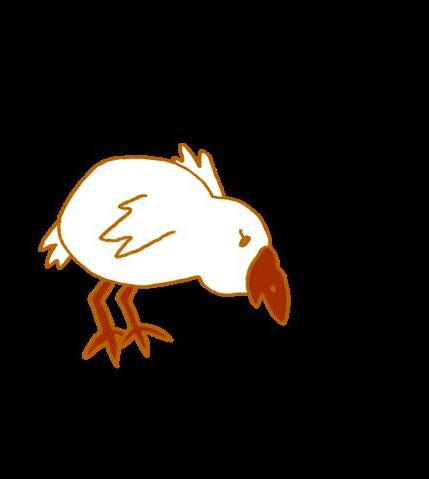


editorial ētita page 03
markets & exhibitions
Mother's Day Market at The Pines
The Pines, 50 The Esplanade, Houghton Bay Sunday 12th May 2024 10am–3pm
Are you a last minute shopper in dire need of a Mother’s Day present? (yes, it has crept up on you again). Pop into the Mother’s Day Market at The Pines in Houghton Bay this Mother’s Day, for the perfect handcrafted gift, just in time to show the important wāhine in your life that you are thinking about them.
FREE ENTRY
Memory Lines
City Gallery Wellington 9th March-30th June 2024
In light of the news that Pōneke’s City Gallery will be closed temporarily, it feels only right that we make the effort to visit its remaining exhibitions, including the group exhibition: Memory Lines. Curated by Dr. Kirsty Baker, together works by Fiona Clark, Kirtika Kain, Rozana Lee, Sriwhana Spong, and Hōhua Thompson demonstrate the power of the relationship between art and memory—weaving experiences of people and place through their multidisciplinary practices.
VUWSA Handcraft Market
Louis’ Corridor Kelburn Campus Thursday 9th May 11am–2pm
Have you been wanting to go to one of Pōneke’s iconic craft markets, but keep missing the right days? Well, you are in luck because this Thursday there will be a VUWSA Handcraft Market right on our doorstep at Kelburn Campus in Louis’ Corridor. All products sold will be made by students and staff of Te Herenga Waka/ Victoria University of Wellington; why not treat yourself to a new possession, and support the whānau’s creative grind.
FREE ENTRY
Exquisite Corpse
The Dowse Art Museum Dec 9th 2023-May 12th 2024
If you loved the game ‘Exquisite Corpse’ as much as I did growing up, then this is the exhibition for you. This collaborative collection of jewellery works challenges the traditional portrait, much like the Surrealist origins of the game. Playing with a vast array of materials, these pieces act as a flood of inspiration for aspiring jewellery makers, and for those who view accessorizing as a creative outlet. Make sure to catch it before it ends on the 12th.


TwentySix Gallery 1-12th May 2024
You may have just missed the opening night for Tim Li’s solo exhibition, A Lasting Impression, at TwentySix Gallery. Never fear—you have the whole week to make the hop, skip, and jump to Newtown for this collection of gyotaku works by the Kāpiti artist. This textural feast for the eyes will have you wondering what it would feel like to be pressed up against a fish, while simultaneously expanding your vocab of Aotearoa’s oceanic species. What more could you want?
FREE ENTRY
Matt Overend: Views from my Chair
Pātaka Art Museum 3 May–16 June 2024
Views from my Chair is an exhibition that encourages us to change perspective in multiple ways. After an accident in 2014 that rendered Matt quadriplegic with limited physical ability, Matt felt trapped by his sudden reliance on a wheelchair. However, as a result of discovering drone photography, Matt was free to view a landscape from a whole new perspective— one of a literal bird’s eye view. Don’t forget to make the worthwhile trip out to Pātaka for Matt Overend’s eye-opening photographs.
FREE ENTRY
page 04
Tim Li: A Lasting Impression
FREE/KOHA
FREE ENTRY
gig guide
THUR | Meow | 8pm
The Vanns
Energetic, feel-good Aussie pop rockers The Vanns are stopping by Meow this Thursday, on a tour of Aotearoa. They’re relentless tourers, and have established a reputation for incredibly fun, high energy live sets, audience participation, and generally very good vibes. This will be a fun one!
Tickets $30
SAT | MOON | 8pm
Floyd Marsden w/ Dave & The Dirty Humans
An absolutely excellent two-header this week at MOON—both of these artists are killing it in their corners of the scene, and both put on an awesome live show. Floyd Marsden’s cross-genre brand of dry, wittily cool minimalist funk rock is brilliant, catchy and entirely unique. And she has a new album out! Dave et al. will be opening; these filthy fellows are guaranteed to get the mosh moving, promising a noisy, energetic set of alt-rock bangers.
Tickets $15
Enjoy our small, lovingly curated selection of gigs.
THUR | Valhalla | 8pm
SULLY (UK)
Ghost Media and Third Eye Hi-Fi present: SULLY (Uncertain Hour/ Astrophonica). Based out of the UK, he has made his mark on (if not helped define) the UK garage/jungle revival, releasing prolifically with a number of UK labels. He’ll be hitting Valhalla on his first ever Aotearoa trip—expect a genrebending, energetic set, blending vintage jungle sensibilities with an undeniably modern sound.
Tickets $30
SAT | San Fran | 8pm
Oddisee (US)
Oddisee is the stage name of SudaneseAmerican rapper and record producer Amir Mohamed el Khalifa. A childhood spent between Washington DC and Khartoum, immersed in the sounds of soul, New York rap, gospel, funk and jazz, primed Oddisee to establish himself as a masterful, often political, and always thoughtful lyricist, and a legend in the rap/RnB production scene. See him up close and personal in an unmissable set, this Saturday at San Fran.
Tickets $49.50
protest calendar
TUES | Parliament Lawn | 12:30-1:30pm
Fridays for Future
Fridays for Future recognise the urgency of the climate crisis, and oppose the Government’s continued inaction and denialism. Fossil fuel exploration and mass investment continue, and our highest emitters avoid consequences. Join them at Parliament; support their call for responsible government.

FRI | San Fran | 8pm
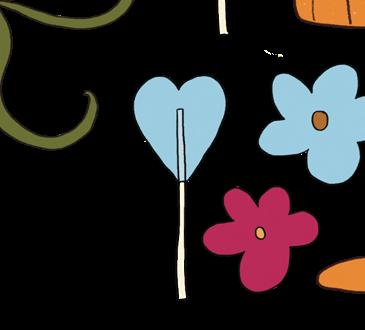
You Should Be Dancing
San Fran is hosting a club night! This one will be all about disco: longrunning institution You Should Be Dancing returns to the Bathhouse this Friday for a party of high energy disco and dancing. DJ’s will be spinning hits from the likes of ABBA, Cher, and Donna Summer. A set of guaranteed fun, in our favourite place to dance the night away.
Tickets $20
SAT | Meow | 8pm
MusicHelps Fundraiser Gig
It’s May! That means it’s NZ Music Month—and Meow wants to celebrate with you. There’s a stacked lineup: Wiri Donna, Hearth, Eli Superflyy, Reid and Daisy Grae! The best part is, by selfishly indulging in what promises to be an excellent gig, you will be Doing Good. Proceeds from the gig will go to MusicHelps, a unique Aotearoa focused music support programme! Their kaupapa is too broad for a gig page, but they do awesome work—look ‘em up!
Tickets $13
Salient will be highlighting protest and direct action throughout 2024. In print will be a small selection.
FRI | Hill Street Overbridge | 7:15-8:15am
Flag Waving for Palestine
The IDF is preparing for a ground invasion of Rafah. Mass graves have been discovered at the ruins of hospitals, filled with civilians, many stripped naked, with their hands tied. Israel continues to deliberately undermine any international humanitarian response. A manufactured famine grows. It is unimaginable, but worse may be yet to come. You can help keep all eyes on Gaza by joining Aotearoa for Ceasefire at the Hill Street bridge; they assemble to send a message of visibility to all the workers going into Pōneke, every Friday from 7:15am-8:15am.
Scan this code for a more comprehensive protest destination.

page 05
NZSD Choreographic Season - Liminal
The New Zealand School of Dance Choreographic Season is back with what’s sure to be a high class collaboration with Toi Whakaari, Liminal. Always one of the school’s highlights of the year, this show builds on skills learnt in students’ first and second year at NZSD. The costuming is sure to be a feast for the eyes with Toi Whakaari’s team incorporating reused and recycled materials. Not to be missed!
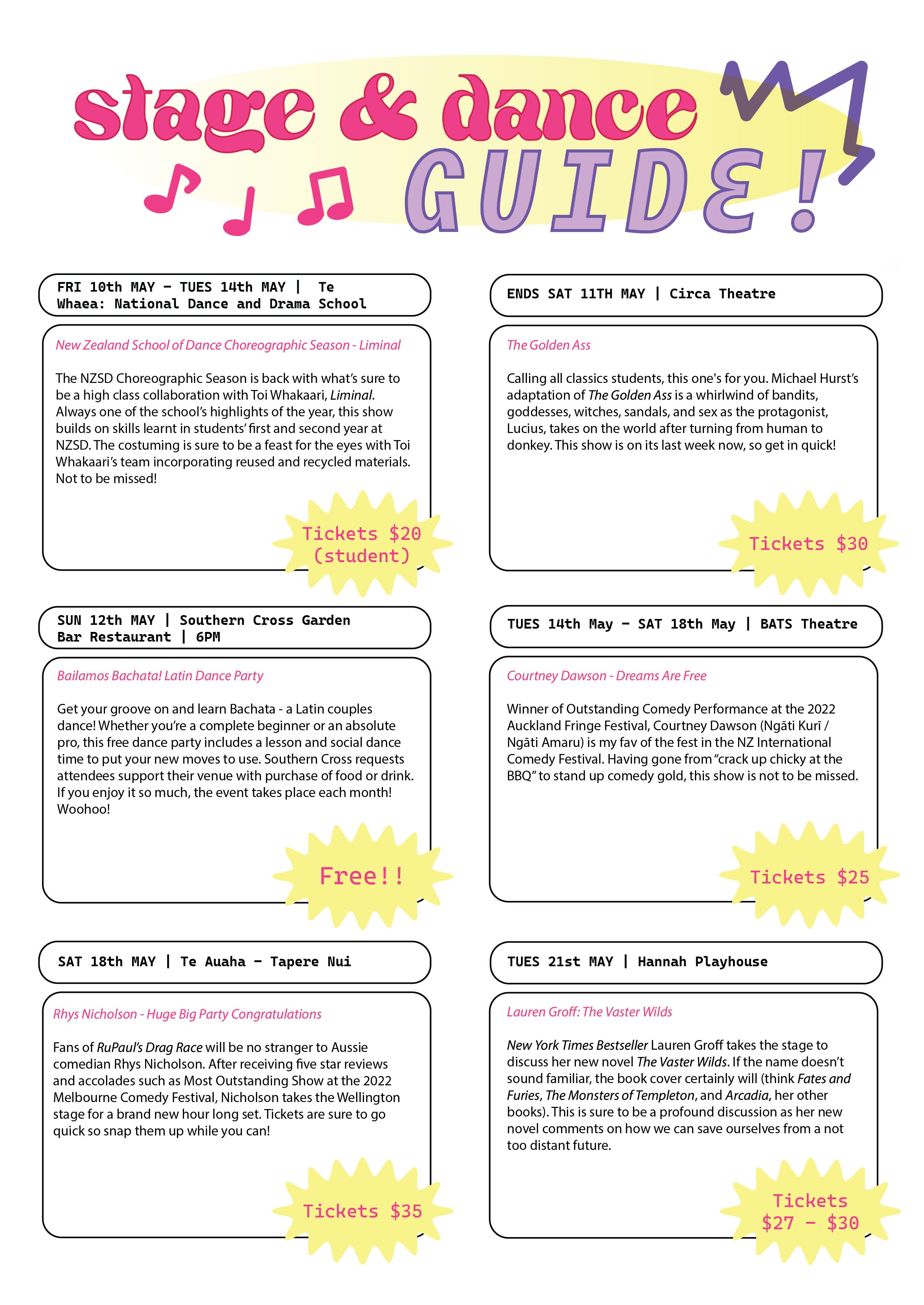
Bailamos Bachata! Latin Dance Party
Get your groove on and learn Bachata—a Latin couples dance! Whether you’re a complete beginner or an absolute pro, this free dance party includes a lesson and social dance time to put your new moves to use. Southern Cross requests attendees support their venue with purchase of food or drink. If you enjoy it, the event takes place each month.
Rhys Nicholson - Huge Big Party Congratulations
Fans of RuPaul’s Drag Race will be no stranger to Aussie comedian Rhys Nicholson. After receiving five star reviews and accolades such as Most Outstanding Show at the 2022 Melbourne Comedy Festival, Nicholson takes the Wellington stage for a brand new hour long set. Tickets are sure to go quick so snap them up while you can!
New York Times Bestseller Lauren Groff takes the stage to discuss her new novel The Vaster Wilds. If the name doesn’t sound familiar, the book cover certainly will (think Fates and Furies, The Monsters of Templeton, and Arcadia, her other books). This is sure to be a profound discussion as her new novel comments on how we can save ourselves from a not too distant future. 17th
The Golden Ass
Calling all classics students, Michael Hurst’s adaptation of The Golden Ass is for you. After turning from human to donkey, the protagonist, Lucius, takes on a whirlwind of bandits, goddesses, witches, and sex. This show is on its last week now, so get in quick.
Courtney Dawson - Dreams Are Free
Winner of Outstanding Comedy Performance at the 2022 Auckland Fringe Festival, Courtney Dawson (Ngāti Kurī / Ngāti Amaru) is my pick of the fest in the NZ International Comedy Festival. Having gone from “crack up chicky at the BBQ” to stand up comedy gold, this show is not to be missed.
Lauren Groff: The Vaster Wilds
page 06
 ZIY: Zine It Yourself
ZIY: Zine It Yourself
|
VUW Zine Club
At VUW, there is a club that is possibly queerer than UniQ. The vast majority of Zine Club are queer and neurodivergent, and they gather on Tuesdays to cut up magazines, doodle, and glue stuff onto zines.
'What is a zine?' is a question for the ages. There is no clear answer, but a simple one could be 'a self published work that is easily reproduced'. Basically, anything that can be put onto paper can be a zine, and even better—anyone can make a zine. It's easily one of the most accessible art forms.
Having only just started in Tri 2 of 2023, Zine Club is, at its core, a social club with art supplies. Founder Robin Wolf (they/them, AuDHD) an avid zine maker and artist, actually started the club to get rid of their hoard of magazines and withdrawn books.
Robin has been doing art since they could pick up a pen and got into doing zines in 2016. From then, they helped out with Wellington Zinefest for three years, and haven't stopped making zines— mostly taking text out of context, and making new content via blackout poetry. They also make zines and comics about their neurodivergence and queerness, themes that resonate with other members of the zine club.
Why make zines?
• to share information and art in a non mainstream way
• they’re cheap, easy to make, and accessible
• if you can put it on paper, you can put it in a zine
• they’re easily distributable
• they’re sellable, tradeable, and collectable
• they can get you a taste of publishing/weird job opportunities

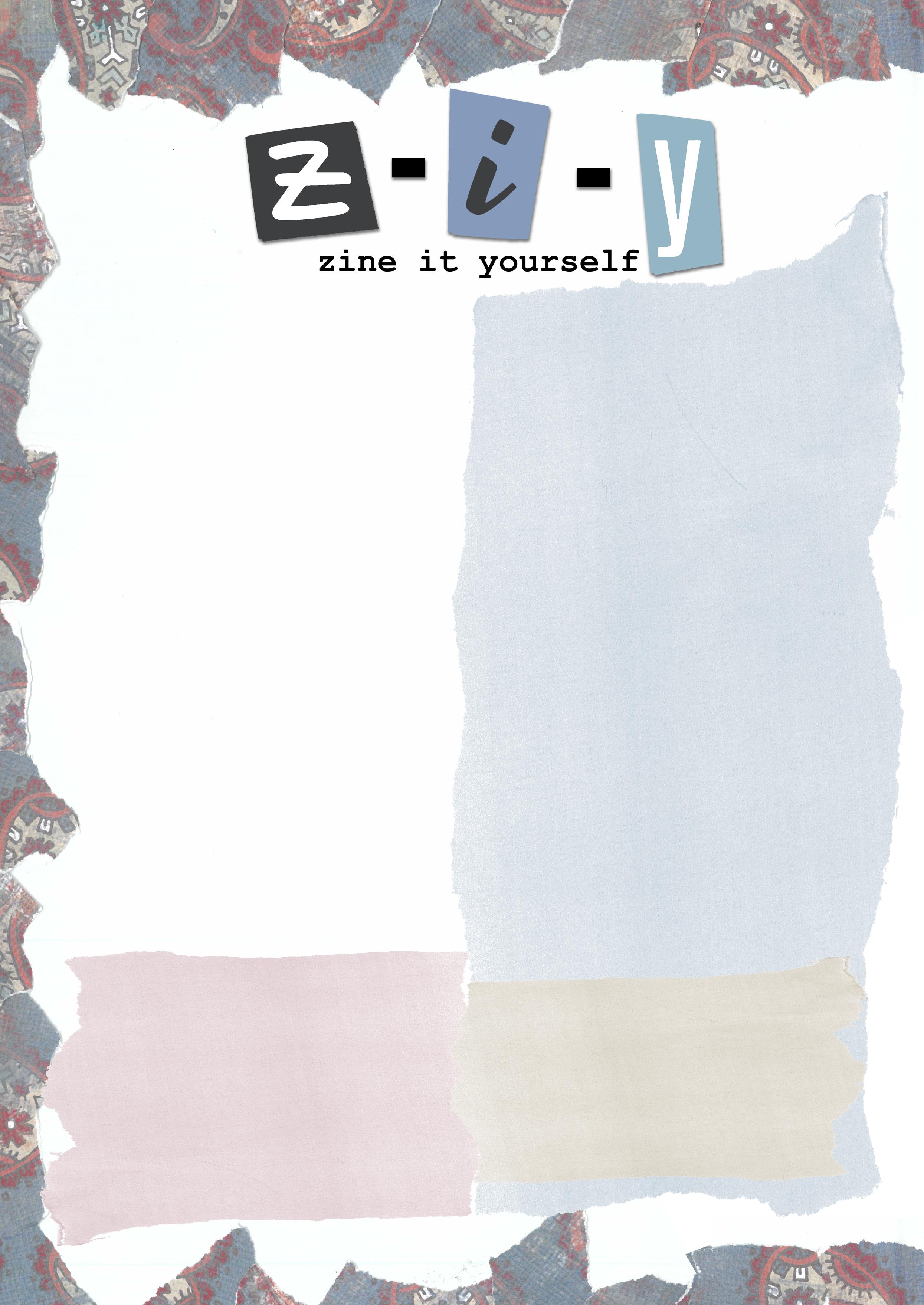
A Short History of Zines
• Dada: Literary and Artistic Review: An avantgarde magazine published in 8 issues between July 1917 and September 1921, first in Zürich (issues one-four/five) and later in Paris (issues six-eight). The magazine was edited by Tristan Tzara; issue three three (1918) features his Dada manifesto, in which he declares: "dada means nothing".
• Spockanalia: A Star Trek fan zine, which ended up in Gene Roddenberry’s hands; he proclaimed it required reading, as a way to understand what the fans wanted from the show. Spockanalia also provided a safe space for women in fandom to discuss gender stereotypes in media.
• Dungeons and Dragons, by Gary Gygax and Dave Arneson: First published in 1974, the first edition of D&D was technically a zine!
• Punk Zines: About sharing ads for bands and venues before the internet, extending word of mouth, and helping form communities.
• The Riot Grrl: A movement which brought third-wave feminism and DIY culture to zines. The zines were a good way of distributing information that opposed mainstream culture, sexism and stereotypes in the media; they discussed sexuality and feminism.
What makes a zine radical?
• Cheap distribution
• Keeping your zines anti-copyright
• Facilitating a collaborative zine to get a lot of voices heard.
• Making zines as a response to a political event (which can also be cathartic).
page 08 features ahuatanga
My Experience With Zines
I only started getting into zine last year, after joining the VUW Zine Club, and it is a fantastic medium! As a digital artist, I’ve not done heaps of work in traditional mediums, and this can become a habit. Zines help me get back into doing things by hand and getting away from my screen, which I appreciate when my days revolve around doing work on my laptop! Zines allow me to just get messy with my creative output and go with the flow. It’s also really nice to see an active zine community in Wellington as well, especially when everyone comes together at Zinefest! I encourage anyone who’s doing any kind of creative work to try to make a zine, if they can!
-Alex Pham (he/they)


Zine Club is a stunningly inclusive, creative, and fun club. We get together once a week to hang out, listen to some banger beats, and make zines!
Anyone can make a zine. You don’t have to be good at art—you just need the will to give it a go! Seasoned Zine makers and complete beginners frequent our club, anyone is welcome!
My experience at Zine Club has been fantastic. I joined last year when it started. It was a fantastic place to relax, be social if I wanted, or just quietly work on my own thing if that’s what I was feeling. It was lovely to have something fun and creative to do where I didn’t need to think about school things. There was no pressure to make something fantastic or perfect.
I tried out several clubs in my first couple years at uni, and Zine Club is the only one that stuck. Now I am helping run it(!), which has been super fun.
I have loved making art all my life, but I didn’t know what a zine was until last year. I was introduced to them in Dylan Horrocks’s Visual Narrative course, and I’ve been hooked ever since! There is such a cool community of creative, interesting people who are into zines. Zine people feel like my kind of people!
- Elias BatachEl (they/he)
page 09 features ahuatanga
PICTURED: Inexplicable
Zine by Elias
PICTURED: Collage by Alex
Pham
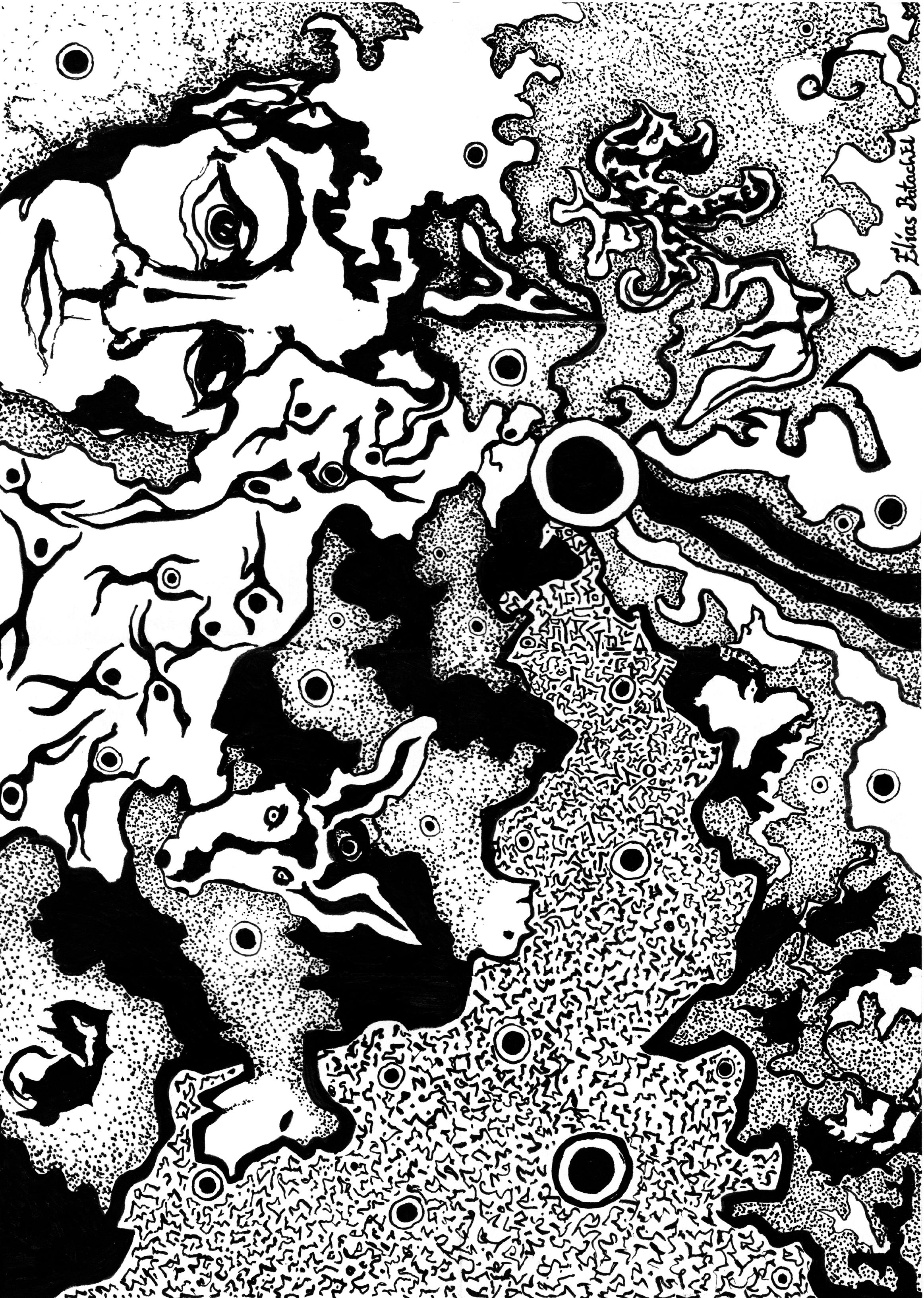
|
ZIY: Zine It Yourself
VUW Zine Club

Centrefold Competition Winners!
judged by Kate Seager (she/her)
1st Place—Kate Campbell

Kia ora, Ko Kate tōku ingoa. Nō Perth me India ōku tīpuna. Having an art teacher for a mother and a geologist for a father, my upbringing saw an exploratory blend of both the arts and sciences, where I believe my relationship with nature falls somewhere in the middle. This piece, ‘Overgrown Garden’ was created at quite a transitional point in my life. I was fresh out of Uni, having completed a Masters in Health Psychology at Vic and was spending my days hovered over my laptop updating my CV and looking for work in what has become an increasingly scarce job market. During this time, I turned to art for escapism. This piece was completed over 50 hours and was created using (many) black fine liner pens on A1 fabric paper. I’m really proud of this piece, not because it’s my best or largest piece of work, but because it’s something I chose to chip away at everyday in what was such an uncertain time for me. I’ve always doubted my ability to be creative, especially having chosen more of a science-based career path, so it’s been great tapping into my artsy side and finally picking up the pen once more.
You can pick up your own copy of ‘Overgrown Garden’ (A3 Print) for $20 NZD. Feel free to flick me a message on Instagram: @ __katecampbell
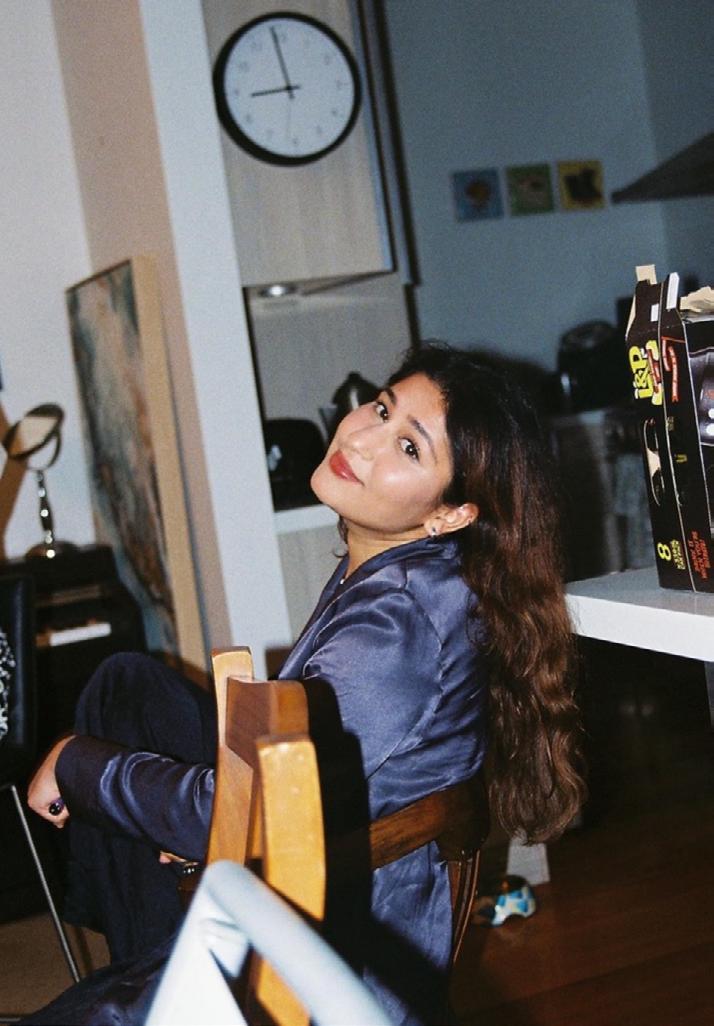
2nd Place—Xanthe Griffiths
Kia ora!
This centrefold piece is inspired to encourage people to take the bus. My commute to work is 45 minutes on a bus through town, which inspired me for this piece. I moved to Pōneke this year from studying Design in Ōtepoti. Pōneke is so vibrant and fast and I wanted to somehow replicate this through this piece.
My name is Xanthe and I’m passionate about design, people and our gorgeous Papatūānuku. To have a cheeky look at my work, check out my Instagram (@the_funkiest_magazine) for a small magazine I run (now online). Irregular and ordinary, the Mini Funk comes out every so often, with people submitting their work and other bits and bobs. Check it out! Kia ora and ngā mihi nui.
3rd Place—Peta Symons

I actually completed this piece for a class this year as a visual representation of the surrealist art movement. A sort of portal into the surrealist mind, aiming to convey the instability and complexity of the human psyche. Each element—the bizarre creatures, birds, books—symbolises various aspects of surrealism, such as the exploration of the subconscious, the blending of reality and fantasy, and the embrace of the unknown.
My Instagram is @petasymons :) Thank you!


09 ARTS salient. 2nd Place | Xanthe Griffiths

09 ARTS salient.
3rd Place | Peta Symons

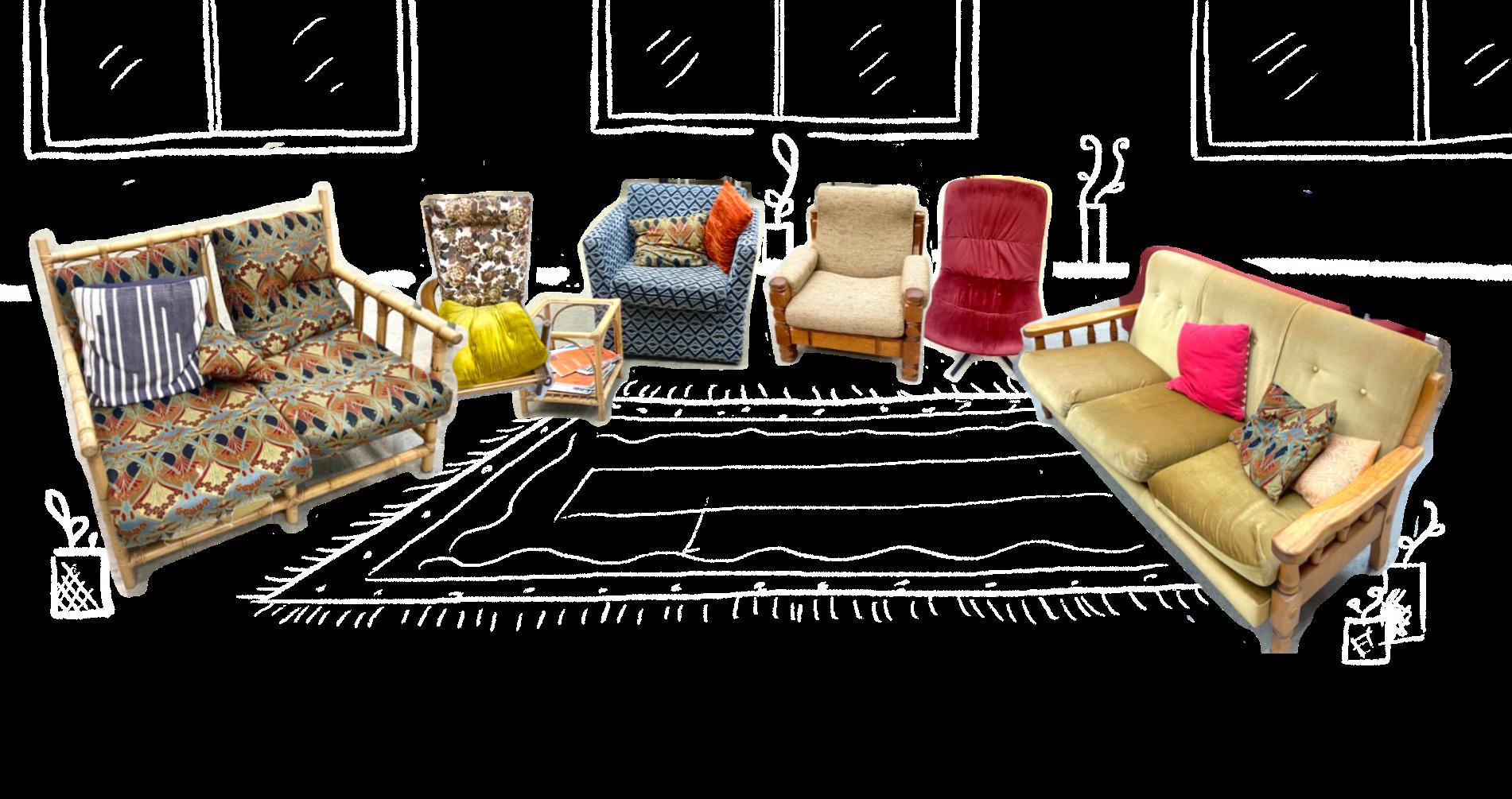
Reviewing the Chairs of Te Aro Campus
from an ex-design student, Kate Seager (she/her)
One of my fondest memories of university was when, in a state of delirium, some design school friends and I tested every single chair in the Te Aro campus atrium. I’m not talking about the teeny tiny two thousand dollar miniatures lining the library’s glass cabinets. No. In a shockingly designed building the thrifted, human size, couches and various lazy boys are easily the best part of campus. So, without further ado, I present this: the only review necessary to get you through design or architecture school.
The Wicker Loveseat Oh boy, we’re off to a good start. I spied this beauty across the foyer immediately. Maybe it was my bias towards wicker chairs. Maybe it was the Mamma Mia soundtrack blasting through my Airpods. Maybe it was the ice cream in my hand. If it weren’t for the concrete pillars, I could be seaside on a Greek island. Despite the fraying cushions, this chair left me feeling both satisfied and far too relaxed to be on campus. If only I had a lover to make the most of the chair’s namesake… but hey, at least I had plenty of space to dump my shit.

Big Blue Armchair
First impressions of the big blue armchair were strong. However after spending ten minutes rearranging the cushions (I’m not kidding) I realised choosing this chair was a mistake. What started as a bear hug-esque experience turned into a wibbly wobbly disaster. The seat was soft yet stiff. It had uneven legs. And I desperately wanted to throw the pillows across the room. The small wicker side table was the only positive aspect. She was not only swag but perfect for storing an iPad, pencils, ink pens, camera, easel, the entire Adobe suite, etcetera, etcetera.



features ahuatanga
Lime Green Three-seater Sofa
Did I feel obnoxious taking up the entire couch? Not one bit. Reclining on this glorious piece of furniture was comparative to Spotify playing the song you didn’t know you wanted to hear. Which actually happened the moment I sat down. Listening to Spacey Jane while the soft, suede-like fabric caressed my body was the highlight of my day. Need I say more?
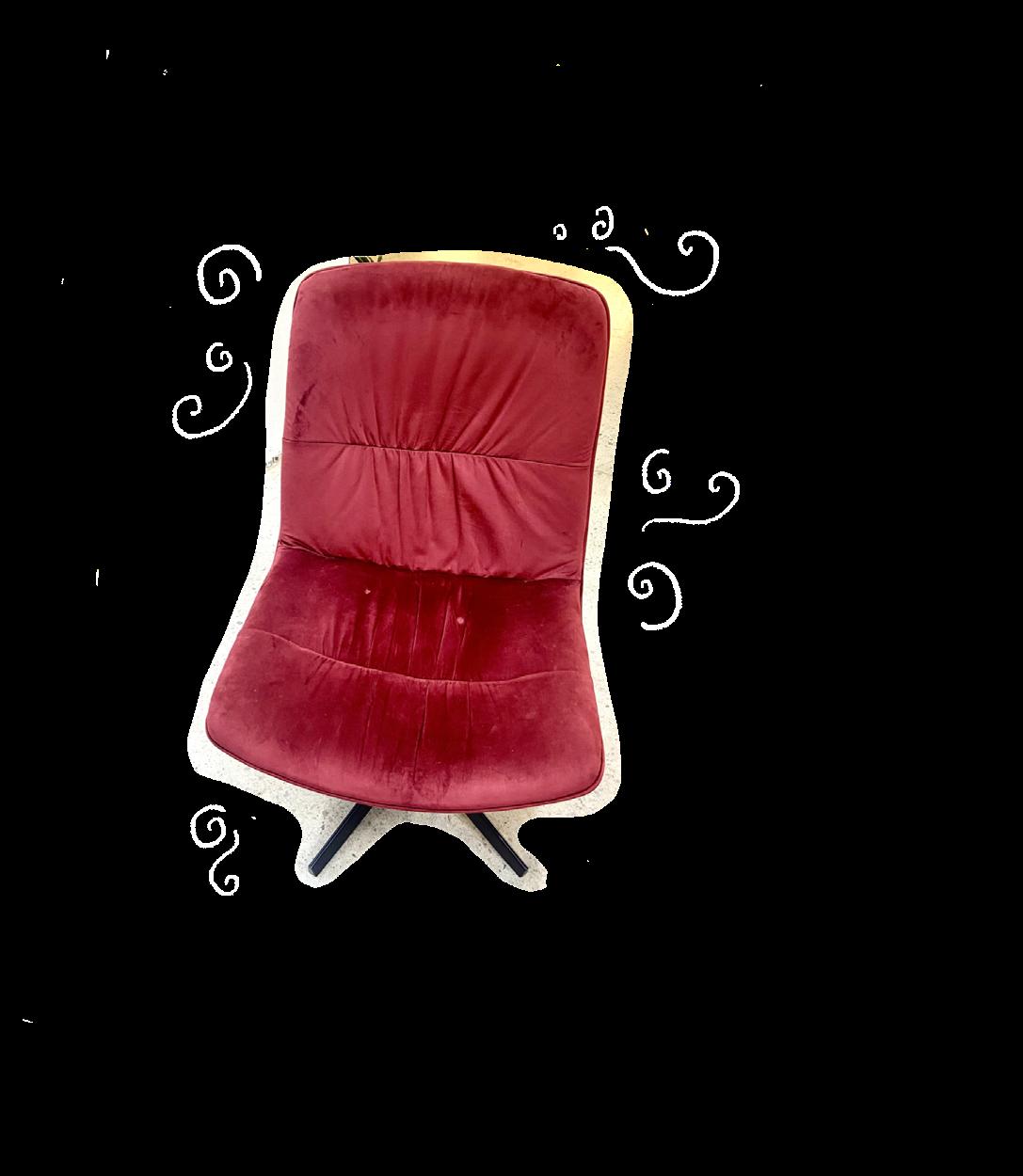
Red Spinny Chair
There’s nothing that brings me more joy than a chair that allows me to sit criss-cross applesauce like a child at mat time. If you also happen to be a fan of spinny chairs, the red one has the best of both worlds. The surface area of the seat and the proximity with other furniture meant I could indulge in a leg free spin. All I had to do was push off the aforementioned lime green sofa with my hand and enjoy the ride. Not the best chair, but certainly not the worst. Highly recommend. What a treat.
Brown Woollen One-seater
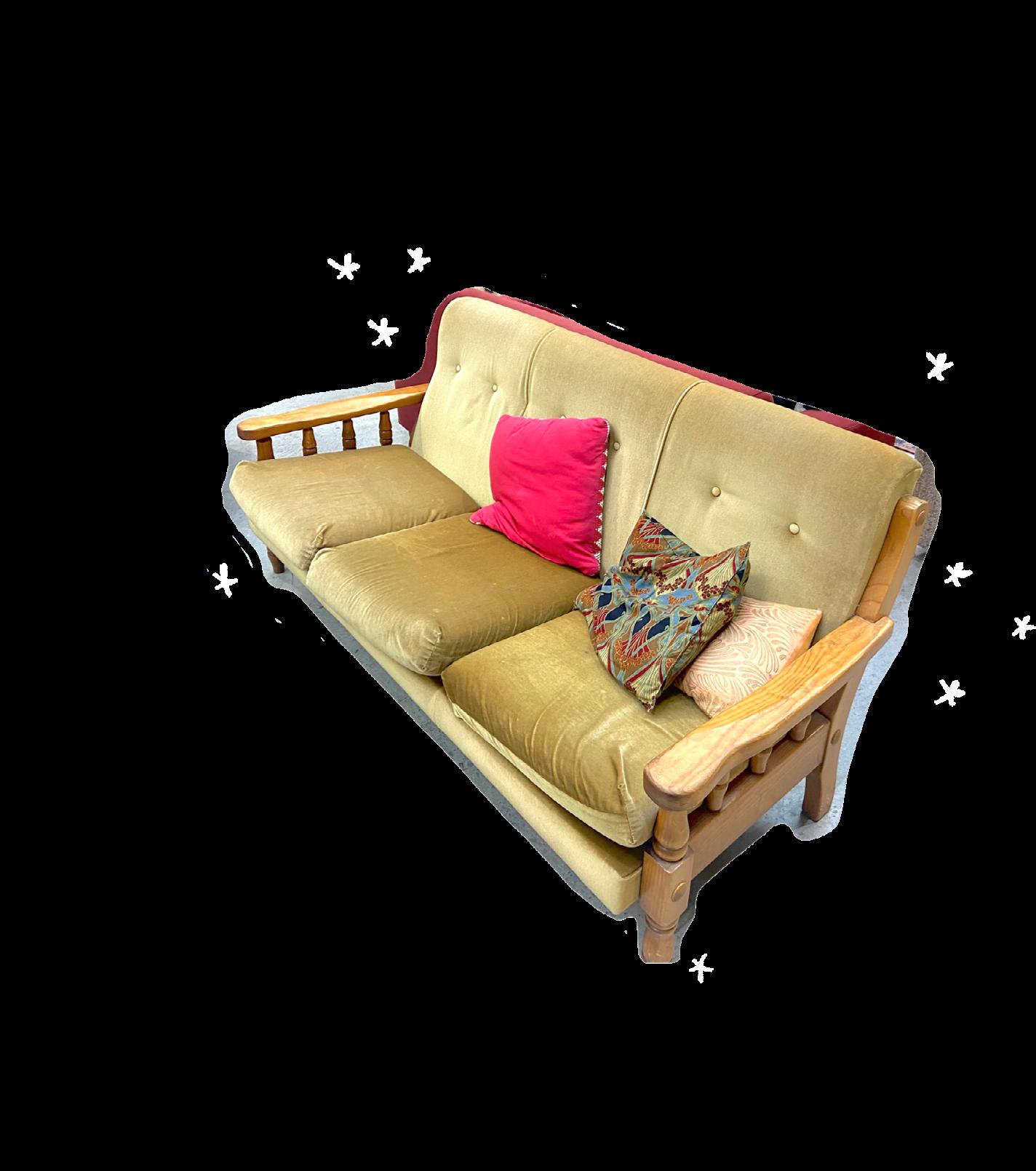

If you find yourself in dire need of a hug between lectures, the brown woollen one-seater provides just that. The university was onto something with this chair because there’s not one, but two! And-(!) a double seater-(!!). Despite its comfort, the chair did have one fatal flaw. Wool. Not soft lambswool, but the type of wool that I can only imagine a grizzly old ram (Massey University’s mascot) was all too happy to have shaved off his back. Such a shame for an otherwise superb seat.
The Broken One
I don’t think I’ve ever seen anyone willingly sit in this chair. Why would you? It’s missing an armrest. The bottom is about to fall through. In all honesty, I didn’t think this chair was worth my time. Until I sat down. The cushion immediately moulded to my *derriere*, the backrest reclined to perfection, and the broken armrest didn’t go amiss—in fact, it made the seat better. Gasp. Not only did it provide me with comfort, this chair taught me the biggest lesson I took away from my three years of study: sometimes it’s okay to show your flaws. Sometimes you may feel like a pillow tossed to the side, unwanted and on the verge of falling apart. But to those who matter, you, despite your frayed edges, are a welcome part to every room.

If that’s not the inspiration you need to get through a three hour tutorial, then I don’t know what is.
features page 15



A Word From Wellington Zine Fest & An Ex Salient Comic Artist

Gus Mitchell (@gusmitchellcomics) In 2015, my time at Salient as a writer-columnist-comic artist was drawing to a close, and I was searching for a new creative outlet. It was around then that I discovered Wellington Zinefest, hosted that year in the underground carpark next to Ivy. I hadn’t been that aware of zines prior, but it was an easy pitch: they have the lowest barrier to entry for any mass-produced artform.
Zines can be about anything, for anyone, yet also uniquely you, a distillation of your niche interest or skill into a printed, proletariat objet d’art. I went all in, not only producing my own zines, but also joining the organising committee from 2017 to early 2020. As a dedicated community has established itself around it, Wellington Zinefest has only grown in esteem, moving from the (quite literal) underground to a respected regular arts fair, for budding and established creatives alike.
Wellington Zine Fest (@wellingtonzinefest) Wellington Zinefest is a community organisation that runs an annual festival, market days, workshops, publishing projects, and more! Wellington Zinefest markets are designed to show off the thriving self-publishing and zinemaking scene in Te Whanganui-a-Tara. Our markets (like zine culture more generally) are focused on fostering creativity, self-expression and community building, rather than straightforward sales and profit. This year, alongside these markets we’ll be running a series of workshops on a range of creative topics across a variety of themes, mediums, and tones. To keep up to date with everything we’re up to and get the details so you can get amongst, find us on Instagram and Facebook as Wellington Zinefest, or head to wellingtonzinefest.com
page 16 features ahuatanga

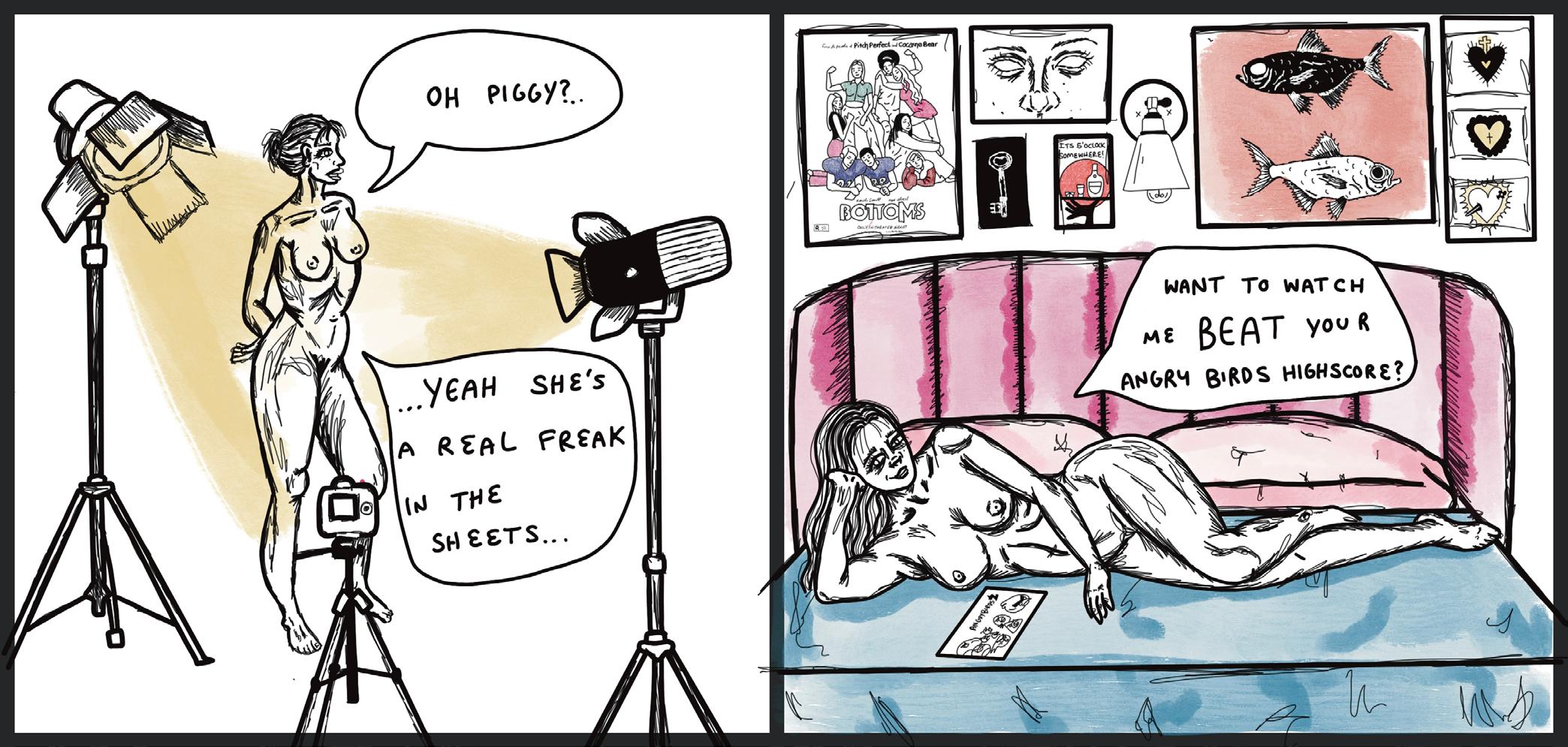
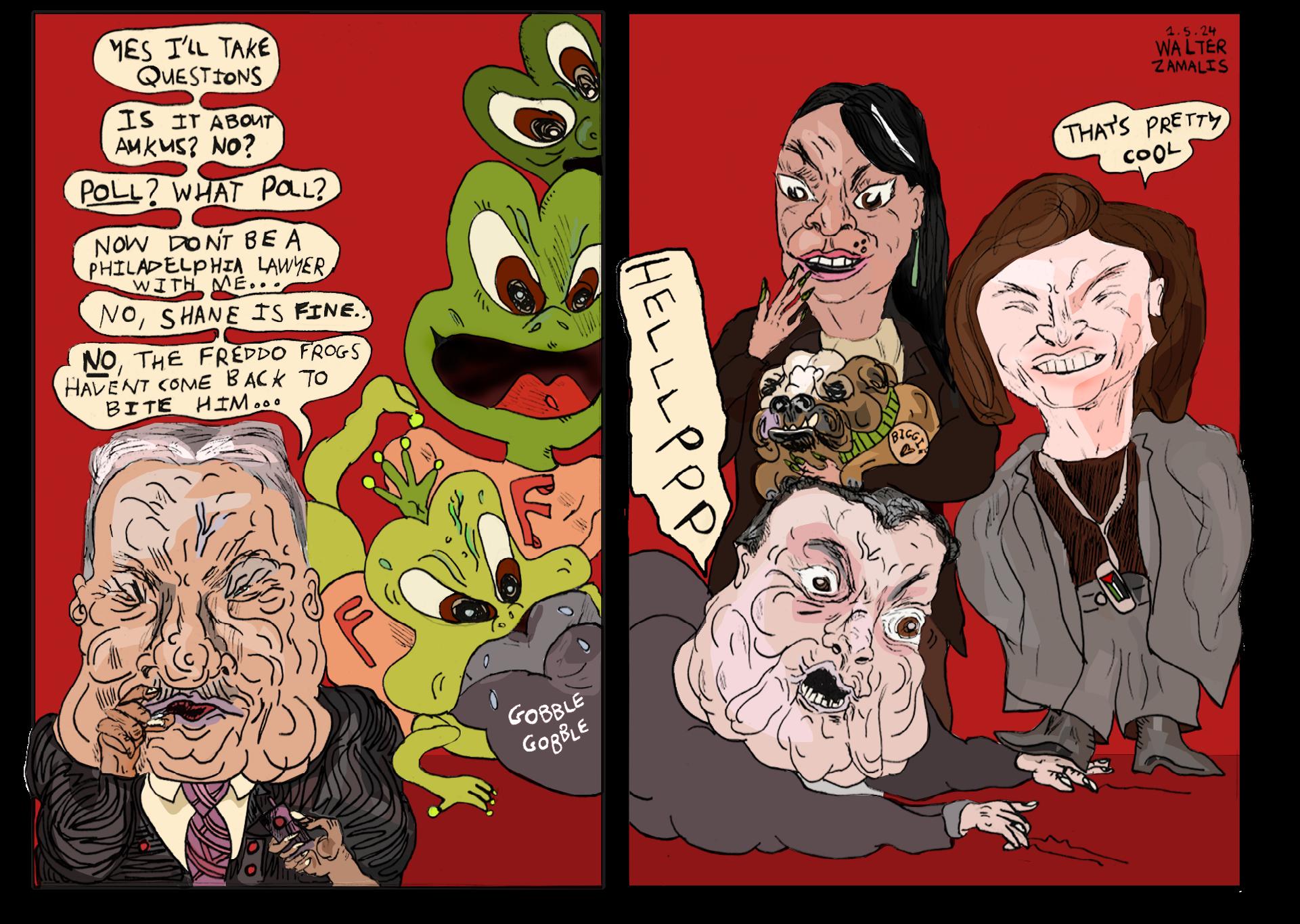

COMIC ARTISTS ON THIS PAGE TOP Ruby Crossan | @xn.visual MIDDLE Walter Zamalis | @walerzamalisss LEFT Jos Williams | @wetchoppcomics page 17

Koroseta - A Response
Artwork & Words by Danielle Kionasina Dilys Thomson (she/her)
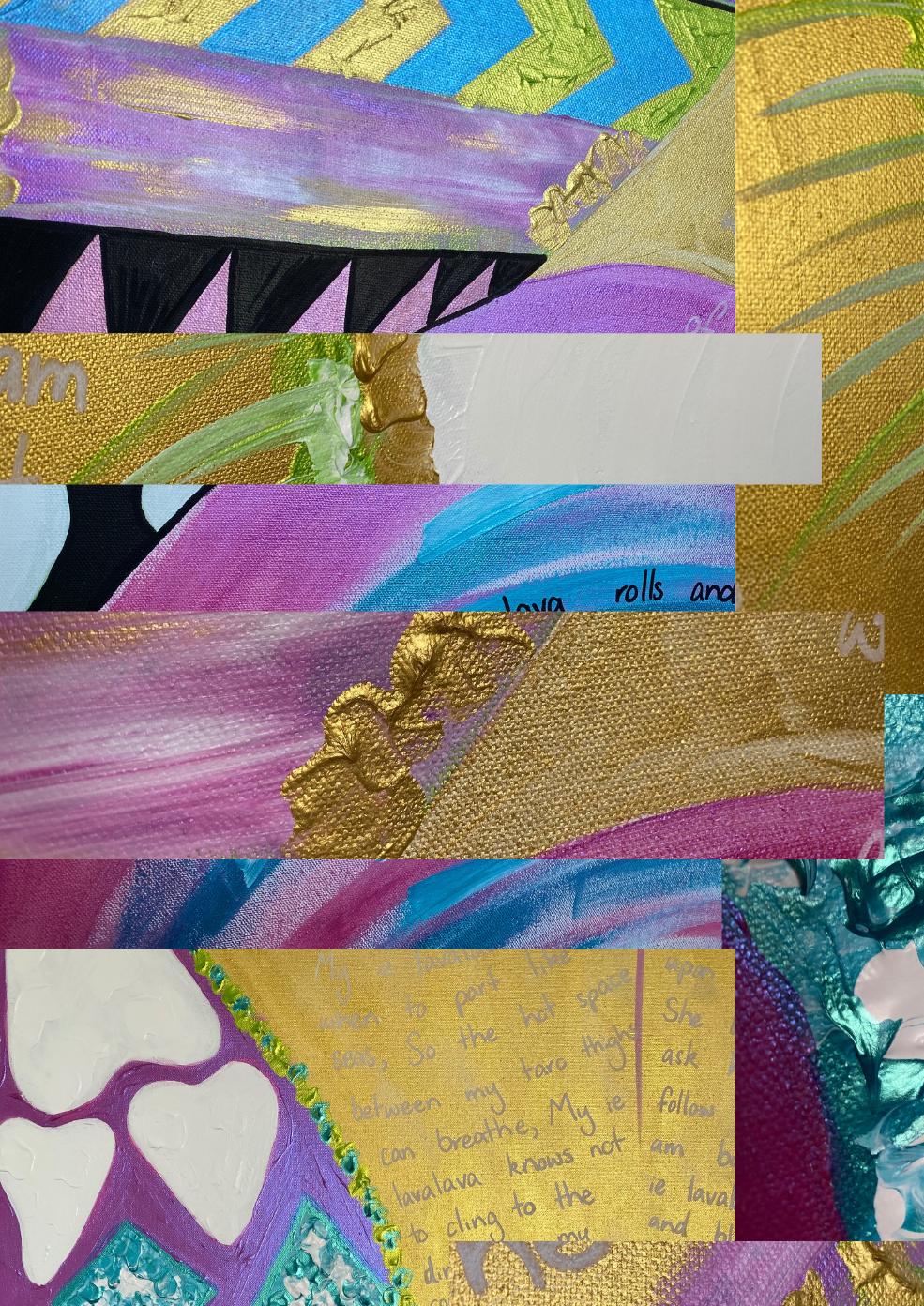
I arrived early, and searched for a seat to perch on while sipping on a generous glass of Marlborough Savvy B’. Scanning the crowd, which was already spilling out from the Basement bar to the courtyard, I realised I would have to bravely introduce myself to a group of strangers if I wanted to find a table. So, I gulped down my social anxiety and said “hi” to a particularly friendly looking girlsquad. They embraced me with warm smiles and instructed me to “come sit girl!” Little did I know, I had chosen none other than the real-world best friends of Koroseta’s creator Lealofitaute Vaai to soak up the second-hand pre-show jitters with.
As the time crept dangerously close to 6.30pm, a bartender gently suggested that the audience-to-be made their way upstairs. We entered an otherworldly portal to Vaai’s work. Basement’s steep, tunnel-like staircase led us all to the reason we paid $12.00 to park in the city for one hour. A fantastic mural and fuchsia lighting signalled me to curtail my gossip sesh with my new pals. Ready or not, I needed to mentally prepare for an unsettling resurrection of emotions that many of us bury.
Koroseta told the story of a Samoan daughter wayfinding through grief. Her best friend is always knocking on her door wondering what’s up, her mum reminding her of the chores she hasn’t completed yet, and her phone relentlessly notifying her that she is misunderstood by her peers. Koroseta, the titular character, remained aloof. Mind elsewhere. As she daydreamed about her late sister, Koroseta’s navigation through heartbreaking loss was revealed in song, siva and spoken word.
Violin strings pulled at my memories of lost loved ones during this intimate portrayal of Koroseta’s life after her sister’s death. The music was harrowing. Agonising. And utterly beautiful. A small but mighty orchestra emphasised the haunting drama that ensued onstage. But they didn’t just play the classics. In fact, they played everything from Billie Eilish to The Five
Stars. Listening to these orchestral renditions of TikTok hits and Samoan love songs was a surprising, poignant way to be guided through the undulating mood of the show.
Despite sorrowful appearances, Koroseta wasn’t all gloom. Somehow, the tension broke right before I started wailing every time. Skilfully scripted banter brought temporary relief when the sadness of Koroseta’s malaga was almost too much to bear.
Then the whole audience erupted in laughter that took me back to standing in my aunty’s kitchen, lovingly slapping my cousin’s shoulder for saying something cheeky that I wasn’t allowed to repeat.
Deeply comforted by crack-up yarns between Koroseta and her best friend, my bottom lip steadied as the next set of heavy waves rolled in.
After her sister’s funeral, Koroseta appeared to exist in a reality that was separate to the one everyone else returned to. Untethered from her community, she was left to observe as they continued dancing to music that she could no longer hear. Automated, dutiful responses like kissing one-thousand cheeks and monotonously offering cups of tea to innumerable relatives, were swiftly replaced with complete withdrawal. Minimal lighting accentuated Koroseta’s disorientation. Once the last guest had been farewelled, life carried on—and Koroseta despaired in the gaping silence of a world that was rendered unrecognisable; incomplete.
page 18 features ahuatanga
Koroseta’s story characterised the tenderness of Samoan alofa, the backbreaking pressure of unwavering social expectations, and the ice-cold consequences that some Samoan daughters face for not meeting them. Vaai ensured that the audience noticed the disapproving whispers and raised eyebrows that tormented Koroseta in her darkest hour. The people closest to Koroseta could not perceive the black hole she was swimming in, but the audience could. We heard her longing for her dead sister. Searching for a way to keep drawing breath without knowing why. Poetry pelting the stage like the real tears that streamed down the faces of the cast. A sombre falsetto softening each blow. As the audience uncovered Koroseta’s invisible wounds, my mind wandered to those that many of us carry beneath our own thick skin.
This was undoubtedly the first time I attended a Samoan funeral at a theatre. Despite feeling nervous to unearth my own grief in public, my eyes swelled with pride as I witnessed the innermost aspects of my culture playing out onstage. Vaai and her multitalented cast celebrated us, in all of our complicated layers of joy and pain. While she highlighted the beauty of entrenched Samoan cultural customs, she also confronted the conflict between service and self; personal needs and communal needs; responsibilities that seem to exist in direct opposition to each other. Vaai’s masterful storytelling wove everyone in that room together. Whether I was cackling or crying, I was captivated by her unfaltering honesty.
It’s no wonder that tickets to Koroseta are hard to come by. Immediately after opening night, I asked if I could go again. But every show was SOLD OUT! You best believe I will be first in line for whatever Vaai creates next. Watch. This. Space.
Read more at @tagataatamai on Instagram and www.tagataatamai.co.nz


Ie Lavalava
Poem by Danielle Kionasina Dilys Thomson
My ie lavalava knows when to part like the seas
So the hot space between my taro thighs can breathe
My ie lavalava knows not to cling to the dimples in my coconut cream skin
She is weightless in the wind
And she touches down with the grace of a manu brushing the earth with sovereign wings
All the majesty of my dad’s sovereign rings
My ie lavalava would never impose her manmade knots upon my god-given waistline
She holds me the way I ask her to
Quick to follow my lead when I am born anew
My ie lavalava sucks in and blows out while I forget that I am clothed at all
My ie lavalava rests peacefully at my feet
She worships me
My ie lavalava rolls and waves like siva hands and island hips
She leaves monarch kisses on the horizons of my Samoan silhouette
Tenderly paying her respects
page 19 features ahuatanga

09 ARTS salient.

which artist are you?


Ayesha Green Hilma af Klint
• Unassuming to the passerby.
• Always tackling the big issues.
• Fan of a bold floral moment.
• Spends all their free time in nature writing politcal articles.

• Most spiritual in the room.
• Incredibly motivated.
• Lives with their girl 'best friend' (lover).
• Creative when high.
illustrations by Prunella Azzahra (she/her)
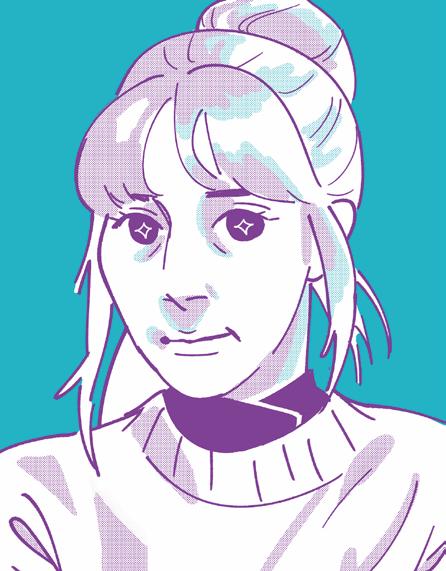

Jessie Makinson Yayoi Kusama
• Stylish and slightly chaotic.
• Channels their energy through far too many extra-curriculars.
• Scrapbooking queen.
• Classics & Theatre majors.
• Coolest cat in town!
• Just got a swag new haircut.
• Self proclaimed interior designer of their flat.
• Secretly a grandma at heart.

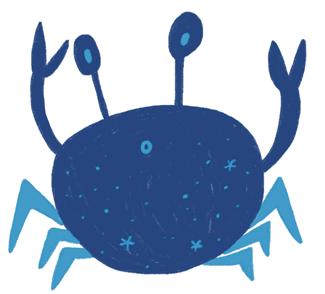
A revelation is hitting you like a tonne of bricks. Someone who you thought had your best interest at heart has been deceiving you. Look out for the Pisces in your life.

Self-care, who is that? Never heard of her. Get yourself a nice candle, or some flowers. The most important relationship in your life is with yourself.

Aries Taurus Gemini
A difficult patch has left you with low energy and your guard up. Embrace what makes you happy, surround yourself with the people who care and regain that strength back.
You need to invest in yourself more. Things are a bit dire right now because you’re not setting yourself up for success. You should finally get a heater for your room.


Libra
It’s cold, it’s windy and it’s wet. The perfect time to raincheck on plans that don’t excite you. Use the time you’ve gained wisely, don’t just binge-watch TV.

Lifes been a bit monotonous at the moment. You're stuck in a rut and it's hard to get out. A fresh start is coming your way and it’s just the shake up you need.

Scorpio
It’s hard being the person that everyone comes to for advice, especially when you don’t know what the fucks going on. It’s okay, we're all just trying to figure stuff out.
Capricorn
It sucks to miss out on cool opportunities but there will always be more leaps to take in the future. When it's the right place, the right time, you'll know.
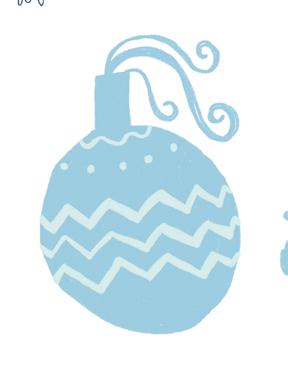
Aquarius
If a tree falls in the forest and nobody is around, does it even make a sound? I don’t know, but you’ve sure been making moves in silence. Two words: academic weapon.
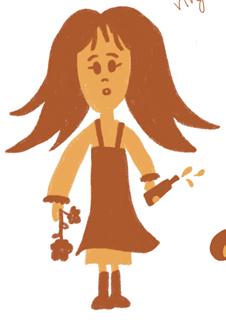
Cancer Leo Virgo
Does Scrumpy count as a serving of fruit? If so, we know who isn’t going to get scurvy this winter! Keep looking after your health, and ya know be responsible.

Sagittarius
Your energy right now? Immaculate. No wonder people are clamouring to be around you. Whatever it is you’re doing, keep it up queen!
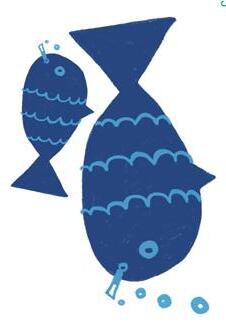
Pisces
Karmas a bitch and she’s with you right now. The consequences of your actions are catching up to you. Everybody’s been a wild child at some point, but it's time to grow up.

HOROSCOPES

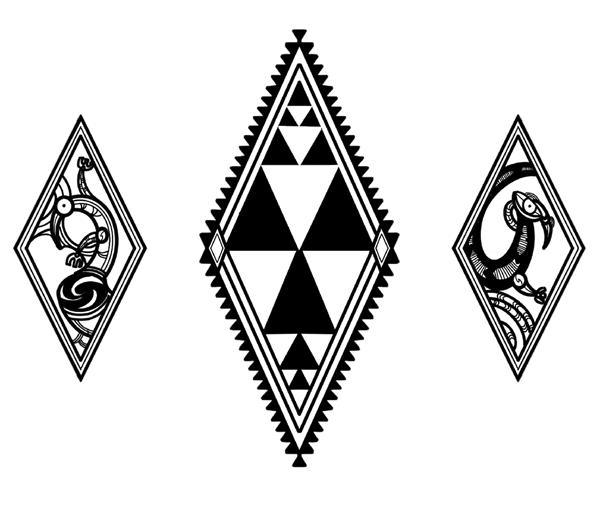


`E RITENGA ORA O TE TUAKIRI MĀORI
Te Huihui o Matariki Chi Huy Tran (he/him) (Taranaki Tūturu, Te iwi o Maruwharanui, Ngāti Maniapoto)
E Rangi, e Papa, e te w`ānau Atua
Ka tū`wera te pū, ka tū`wera te w`akatiputipu
Kia rere arorangi ki ngā tīpuna
Hei w`akamānawa, `ei tiaki i tēnei taonga
Ko te Tā Moko, te taonga pūmau
Ē toi w`akao`o i te wairua, te tinana, te `inengaro
Nā ngā Atua, nā ngā tīpuna, tuku i`o, tuku i`o `UIE, TĀIKI E!
Mai i taku tamarikitanga, kua w`akamiha au e i ngā toi ataa`ua a ōku tīpuna. Ngā w`akairo, ngā tukutku, ngā raranga, ngā peita, me ngā Tā Moko tino hoki.
Tā moko, `e tikanga tuku i`o ā ngā Māori e w`akairo i te tinana me ngā u`i matatau. `E ā`ua o te w`akapuaki a`urea me te tuakiri, ā, `e tikanga w`akapapa `oki me `e `āngai ki ia ā`uatanga , ā`uatanga w`ānui. E w`akapuaki ana te moko i ngā kōrero mō ngā taeatanga, te rangatira, me te w`akapapa o te tangata. `E toi ataa`ua, he wā`anga w`aka`ira`ira o te taonga tuku i`o o ngā Māori.
In the art of Tā Moko, I find a profound connection to my identity, my ancestors, and the spiritual realm. To me, my body is like a piece of wood, waiting to be carved with intricate patterns that tell the story of my Whakapapa, who I am as a person. Each line etched onto my skin is not merely a design; it's a link to my heritage and the spirits of my ancestors. Each of those lines carry mana within them. When I look at my body, I can see and feel my moko on my skin; I can sense and feel the wairua of my tīpuna inside of me. I feel healed.
As the needle touches my skin, I feel the presence of my forebears guiding the artist's hand. The process is more than just physical; it's a spiritual journey, a
communion with my past and te Atua. With every stroke, I am reminded of te aumangea, mānawanawa and mātauranga of those who came before me. Through Tā Moko, I carry on the legacy of my people, honouring their traditions and preserving our cultural heritage. It's not just about adornment; it's a statement of pride, a declaration of who I am and where I come from. In each pattern, I see the stories of my ancestors woven into the fabric of my being, reminding me of the strength and beauty of my heritage.
Our tradition was, for centuries, a vibrant one. Yet it was nearly lost to the shadows of colonisation. For years, our cultural identity was suppressed, our practices forbidden. But now, as a rangatahi among many many other young individuals, I see the importance of reviving this ancient art form. Let us, the young generation, carry the torch forward, preserving and promoting Tā Moko for generations to come. E hoa mā, it is our mission. Don’t ever feel whakamā, or that you’re not worthy to wear moko. It is our birthright as Māori. In doing so, we honour our past, empower our present, and ensure a vibrant future for our ancient and beautiful practice.
Chur,
Huy.
page 23 features ahuatanga
Make your own zine!
1. Cut out the following page along the dotted lines.
2. Fold in half, half again, and one more time along the solid lines.
3. Cut along central dotted line.
4. Fold so that your zine looks like a flower (see diagram).
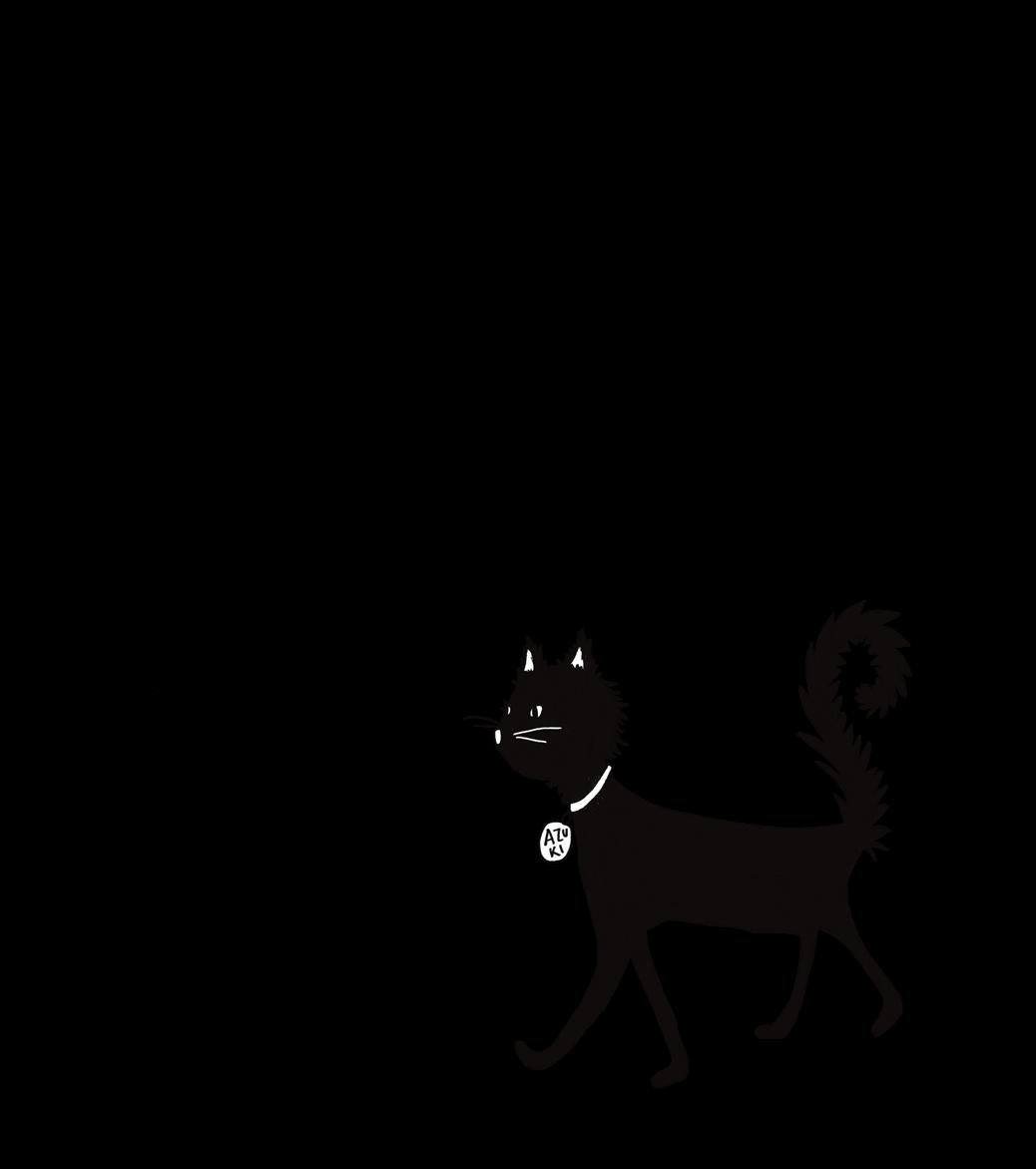
5. Now decorate using the bits and bobs below to create your own Zalient!








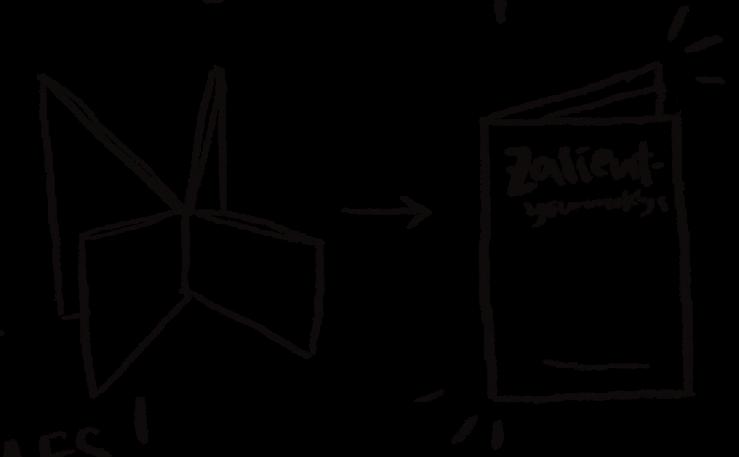


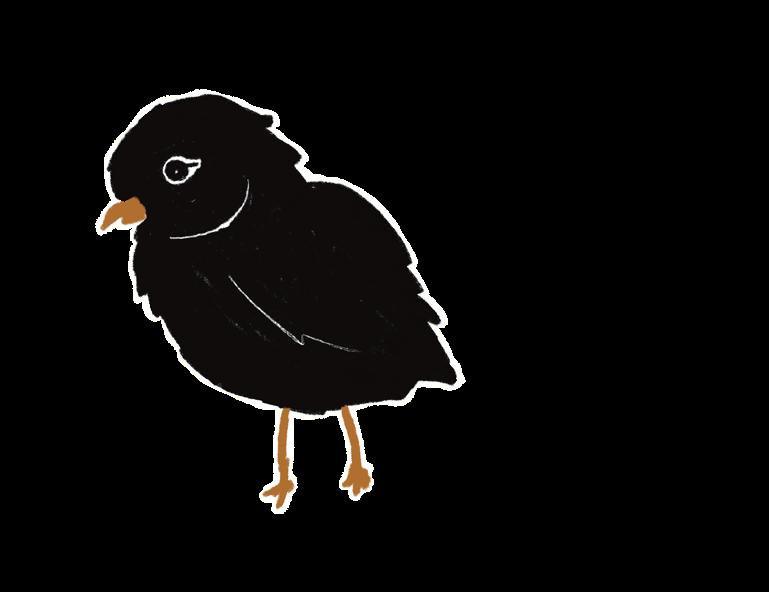
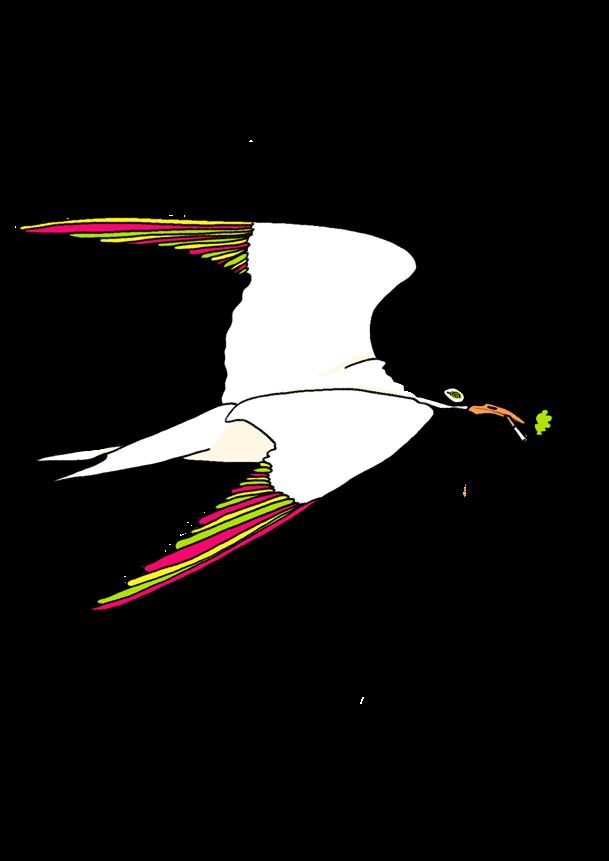

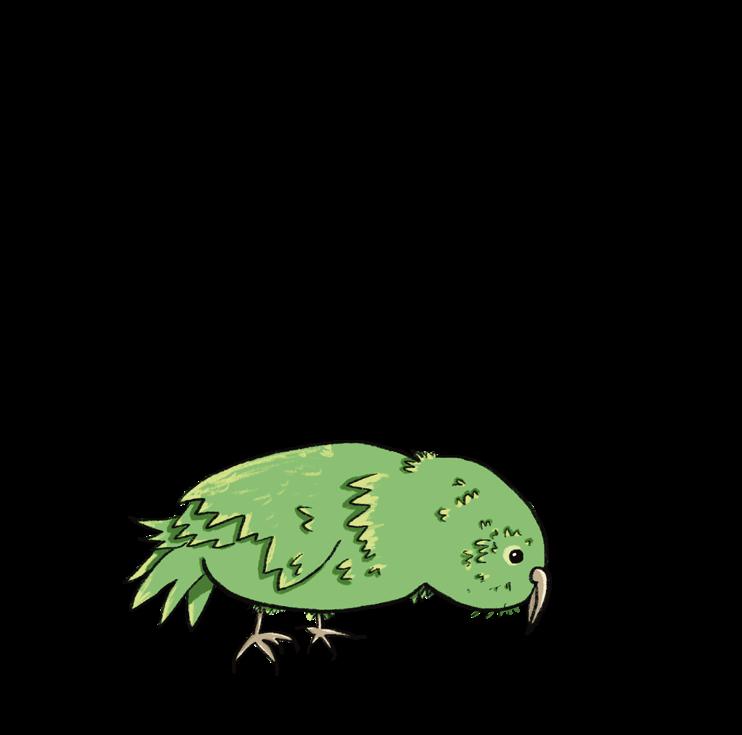




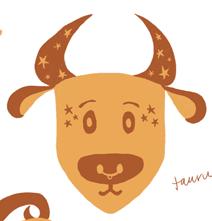


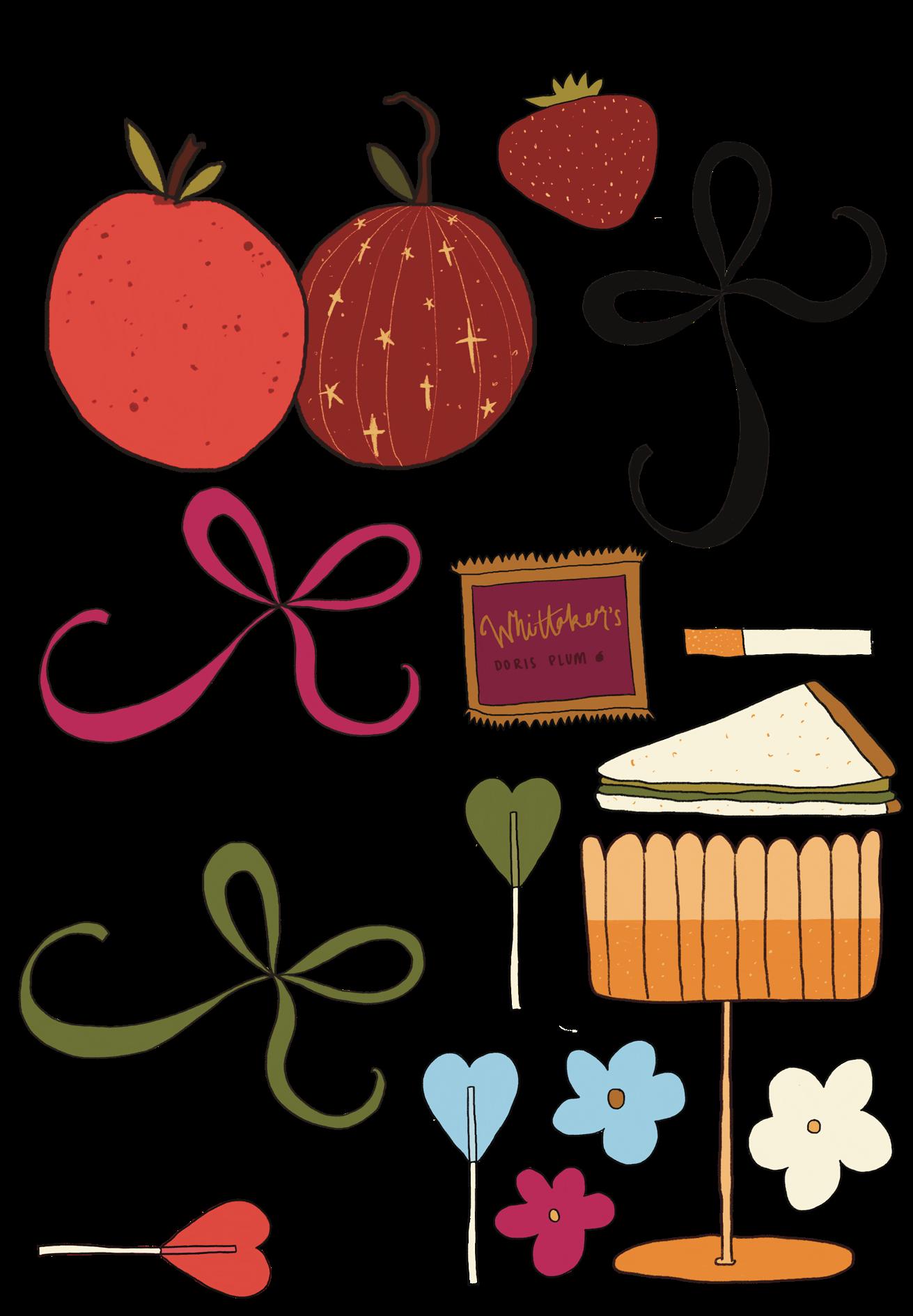
page 24
i

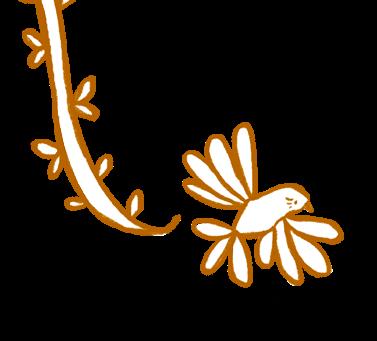
IT’S THE FUCKING NEWS
kawepūrongo
06.05.2024
You Gotta Strike for Your Right To Party
On May 1st, 2024, rent was due for students across the University of Auckland’s catered and non-catered halls of residence. This time, more than 200 students associated with the Students for Fair Rent movement refused to pay, marking the beginning of a rent strike that SFR Chair Matthew Lee says will continue until the University agrees to their demands.
Universities have long squeezed first-year students as a way of making up costs for their perpetually sinking budgets. The extortion reached a tipping point at UoA last November, when members of SFR met with representatives of the Vice-Chancellor’s office and the Halls of Residence. Lee says the meeting was unsuccessful, with University officials refusing to acknowledge that there was a problem.
Maybe the Vice-Chancellor was partaking in UoA’s experimental MDMA therapy at the time of the meeting, because a crisis has never been more apparent. In the last two years, rent at Waiparuru Hall has risen $2758, with current weekly rents ranging from $510 to $540 per week. Comparatively, residents at our own Te Puni Village (most of whom are Aucklanders themselves) are paying between $489 and $526 per week.
University Vice-Chancellor Dawn Fairwater, who earns $755,000 a year, has refused to meet or even communicate with strikers. Lee says the Vice-Chancellor has shown that she “does not see [the rent crisis] as a real problem”, which is symptomatic of her wider refusal to engage with student issues. In fact, it’s a running joke amongst UoA students that nobody knows what the Vice-Chancellor even looks like.
Despite her unwillingness to engage with strikers or students as a whole, Fairwater was quick to shut down a planned pro-Palestine encampment on the University’s campus, issuing a statement that same day that indicated students would face Police action if they camped overnight.
The crisis extends beyond domestic first-year students. According to Lee, the strike has widespread support from RAs, who last year had their 25%
accommodation discount slashed, and had the terms of their employment agreement renegotiated. RAs at UoA are now significantly worse off, to the point that UoA struggled to meet their RA quota this year, which Lee says poses a real health and safety risk to students.
Most people view international students as “cash cows”, said Lee. This misconception is disproven by the overwhelming support international students have demonstrated for the strike, which Lee says is encouraged by their inability to access student loans or allowances.
Despite overwhelming odds, Lee is confident that the strikers will prevail. “The University of Auckland cares deeply about its reputation, probably more than any other university in New Zealand. They won’t do anything to jeopardise their reputation.”
Down here in the Capital, rent strikes are still fresh in the memory. In 2020, first-year students went on rent strike after being forced to pay a weekly $150 fee for halls that they were unable to stay in during the Level 3 lockdown. The strike was successful, with the University backtracking after just a month of missed payments.
One student at Katharine Jermyn Hall, where students pay $494 in weekly rent, told Salient that making rent is “getting harder as payments continue. Two bands is a substantial amount”. Another said that “before I was choosing I was thinking about the courses, but now that I’m actually here I kind of wish I had thought about the money instead. It’s so much for what it’s worth”.
Appetite for a similar strike in our own halls seemed mixed. One student remarked that “if lots of other people were doing it, they couldn’t evict the whole hall. If everyone was doing it, I would get amongst it.”
Salient sends solidarity to the strikers in Auckland, and encourages students frustrated with extortionate rents to take matters into their own hands.

page 26
iRViNE
Will
(HE/HiM)

Pay-to-play system: Why do academic transcripts cost money?
DaN MOSKOViTZ (HE/HiM)
There are two things worth their weight in gold when applying for graduate roles: your academic transcript, and your GPA. The institution with this information is the university. It charges you for your transcript, and won’t provide you your GPA.
You get one academic transcript for free upon graduation, but before then it costs $20.38. Considering the fees you already pay Vic, it's a lot. Also, graduate positions are roles you can apply for before graduation.
And there’s no GPA in there, either.
“Information about Grade Point Average (GPA) has never been shown on Te Herenga Waka’s academic transcript, as the University does not have a universal way to calculate GPAs,” said a university spokesperson in a statement.
“GPAs can be provided from the relevant Faculty if a student needs that information.”
Google “GPA Vic” and you’ll be taken to a webpage
which tells you how to calculate your GPA. This raises questions about the universality of the webpage’s calculator, and is confusing communication.
As for the cost of transcripts, the university said the reasoning for the cost of the transcript was to cover the fees involved in producing a legal document.
“Students can provide external organizations and individuals with a link to their MyeQuals which enables them to see their academic records, and there is no cost associated with this,” said the same spokesperson.
Two things on this. First, job applications don’t have an “insert link here” box for your MyeQuals, they have a button to upload your academic transcript (which is what they ask for).
Second, if anyone can figure out how to attain this link from their MyeQuals, please let me know. Neither myself nor other Salient staff could figure it out.
Where are all the bikes?
OPINION: For many, the mention of cyclists conjures up the infamous MAMILs: Middle Aged Men In Lycra. You know what I’m talking about. Dads who pull on their brightly coloured cycling shorts to puff their way around Oriental Bay on a road bike that costs as much as a car.
But cycling in the capital shouldn’t just be for the MAMILs and public servant commuters. Cycling is a mode of transport made for students. So, imagine my surprise to find only one other bike in the Katharine Jermyn bike shed—a building with close to 400 students.
Cycling ticks every single box. It keeps you fit, is almost carbon neutral, is faster than driving around the city, and once you’ve got your bike it’s pretty much free. Also, it’s just really fun.
Cycling in Welly just keeps getting more and more accessible: Organisations like Bikespace repair and service bikes for free, cycleways run throughout the city, buses have bike racks, and finding an affordable bike is as easy as hopping on Facebook Marketplace.
enges. It's windy, and it's hilly. But that also means
page 27
M) the news kawepūrongo

Government Forging Ahead With Plans To Make Oranga Tamariki Worse, Somehow
ETHaN ROGaciON (HE/HiM)
Ministers have been in hot water recently—and it’s not just from the scalding-hot, fast-tracked coalpowered baths they’ve been having. Instead, they have been under fire from the judiciary, and Ministers are firing back.
It all has to do with the Coalition’s proposed Bill to repeal section 7AA of the Oranga Tamariki Act 1989. That section requires the Chief Executive of the agency to—among other relatively cool shit—commit to the principles of Te Tiriti o Waitangi, ensure that disparities between Māori and non-Māori children are reduced, and develop partnerships with iwi and Māori organisations.
Unsurprisingly, the Government is not a fan: ACT had campaigned on its repeal, and this was realised in their coalition agreement with National.
This has attracted a great deal of controversy from people that have a more cohesive and more normal view on the world—including the Waitangi Tribunal. The Tribunal launched an urgent inquiry into the planned repeal late March, with its interim report releasing early last week.
As part of the Tribunal’s powers, it can require a Minister to answer questions and give evidence before them in order to assist the inquiry. Here’s the catch: Karen Chhour, Minister for Children, refused to appear before the Tribunal, instead giving them a Cabinet Paper and other documentation. Unsatisfied with this (it does seem pretty useful for the Minister in charge to answer questions before an inquiry into the thing she is doing), the Tribunal issued a summons, ordering that the Minister appear.
Presumably unhappy with the idea of being held accountable, the Minister took the Tribunal to the High Court for judicial review, arguing that since she had already given the relevant evidence, the Tribunal had no power to summons her. A number of Ministers, including David Seymour and Shane Jones, had already swung out against the Tribunal, saying that it had overreached.
Counsel for the Crown argued that appearances by ministers are governed by the constitutional
convention of comity between the executive and the judiciary, and “coercing” the Minister to appear goes against this. They also argued that—despite Chhour being the Children’s Minister—the decision to forge ahead with the repeal was made by the whole Cabinet.
The Court ended up ruling in favour of the Crown, with Justice Isac writing that, because of comity, Ministers “can only be summoned if the evidence is ‘clearly necessary’ which is a more stringent test than mere relevance.” However, he added that the Minister “might be expected to demonstrate the same respect and restraints she now seeks from the Tribunal.” This issue is now before the Court of Appeal.
“[I]n large part the difficulty the Minister now finds herself in is in my view a consequence of her own decision.”
Nonetheless, the Tribunal pushed through and released its report, listing a number of issues with the policy. Namely, it said that, a “key problem we see with the government’s decision to repeal section 7AA is that it has come about without proper regard to its obligations to Māori under the Treaty of Waitangi.” It went on to say that, based on the evidence, it appears to be the Government’s belief that coalition agreements take precedence over the Crown’s obligations under Te Tiriti.
The Tribunal also expressed concern about the risk that repealing 7AA would have on vulnerable tamariki Māori, especially given that—according to submitters—it has been “pivotal” in establishing more partnerships between Oranga Tamariki and Māori organisations.
“Constructive engagement with such communities through connected iwi and Māori providers is a commonsense approach and one that ought not to be undermined by an arbitrary appeal of the provision under which a number of existing arrangements are in place.”
The Tribunal’s full findings will be released early this month.
page 28
the news kawepūrongo

Council Agreement with Reading Cinemas Fails For… Reasons
DaN MOSKOViTZ (HE/HiM)
The heart of Courtney Place will stay dead, after a council agreement to reopen Reading Cinema fell through.
Closed since 2019 for earthquake strengthening, Reading International has done everything but strengthen. The lot—prime real estate in central Courtney Place—has just been abandoned.
The cinema involved not just a movie theater, but also an arcade and a whole suite of food and retail options. Crucially, it was large enough that there were places to exist in without paying anything, and it bridged the day and night life on Courtney Place.
Reading choosing not to strengthen was a loss for the city.
Enter Tory Whanau, who made it her personal mission to get the cinema reopened. After a $1400 rate-payer funded dinner with Reading’s owners, she put forward a $32 million deal to buy Reading’s

land and lease it back to fund the renovation. The deal would have involved the council selling land to finance the purchase.
This deal was shrouded in secrecy, divisive, and accused of being corporate welfare. Eventually, it just barely passed, only for negotiations to collapse last week.
Why? Who knows. The council’s press release uses many words to not give reasoning.
A lot of time, effort, money, and media attention has been spent on this deal. Would spending $1400 of rate-payer money on a dinner be worth it to bring Reading back? That’s up to you. Regardless of your feelings, all of said cash is gone, and Reading will remain closed for the foreseeable future.
In the absence of any legal mechanisms to force Reading to use the land, the lot will remain vacant until Reading feels like doing something with it.


podcasts.
Salient Undedited "We have a situationship with everyone on Instagram!" Arts & Culture "NPC dialogue from the Pokémon games always turn out saucy..." VUWSA Unedited "How do you solve a problem like Emily?"



the news kawepūrongo
podcasts
kōnae ipurangi
page 29
with Speaker of the House Teddy O'Neill (he/it/ia)

Opinion: Nic Smith is my favorite spineless creature
PHOEbE RObERTSON (SHE/HER)


On April 24th, Te Herenga Waka’s senior leadership team decided to postpone a scheduled freedom of speech event, aiming to reschedule it for late May due to concerns about the polarization of views. This decision was made because it has become "challenging to even schedule a conversation about how to have challenging conversations."
If you’re unclear what this event is then you’re not alone. Remarkably, the university never directly communicated with the students any of this. The basic run down is that Nic Smith (Vice Chancellor) decided to host a panel all about Freedom of Speech and its role in universities. Maybe it would have been a good idea, but he decided to only name Pākehā panelists with a median age of over 40.
The first official notification Salient received about the event was on April 8th, inviting us to attend. A registration email was sent to all staff on April 16th. Then, on April 24th, a staff-wide email announced the event's postponement.
Organizations such as The Platform have blamed the "woke left" for the postponement (which they have falsely called a cancellation); the official email sent on behalf of Smith lacked clarity. Seeking answers, I reached out to him directly. He did not respond to a request for comment within the deadline.
But why are students (who know what’s going on) frustrated? Is it because there was no direct communication with them, despite the event being planned for The Hub, arguably the most heavily populated area on any of the campuses? Or perhaps it's because the university's "Equity, Diversity, and Inclusion Framework" emphasizes values like respect, responsibility, fairness, integrity, and empathy, yet failed to uphold them in this instance.

Could it also be the absence of Māori voices on the panel, despite the university's own Te Tiriti o Waitangi Statute stating: “The principle of Kaitiakitanga (Protection) ensures Māori rights and interests are actively protected through honorable conduct, fair processes, robust consultation, and good decisionmaking”?
If, according to their own Framework, "Merit is the overriding criterion for decisions affecting individuals," whose merit holds more weight? That of a panelist who actively supports transphobic rhetoric? Or that of an LGBTQIA+ student, under their care, who is adversely affected by that rhetoric?
As the Vice Chancellor, Smith has a responsibility to, at the very least, show respect to his students. However, he failed to communicate effectively, provide clarity, and uphold the values of the university. At this moment, there is no indication of when the panel will be rescheduled, who will participate, or what specific changes the university intends to implement.
Now, Smith finds himself caught between Jonathan Ailing and a hard place. If he cancels the event, he appears to concede to the "woke left narrative." However, if he proceeds with it, he risks alienating and disrespecting his student body. Additionally, both choices are likely to attract significant media attention. He’s left with two options: cancel the event and receive backlash, or keep the event running and receive backlash.
If I, a mesley editor, could suggest anything, it’s a third option: be honest with your students about your intentions, and move the event to a conference room or facility that students won’t wander into while attempting to buy an overpriced coffee. You’ll be playing the middle ground, but isn’t that what we’ve come to expect from a Vice Chancellor who’s biggest moves are blaming other people for the university's deficits?
page 30
the news kawepūrongo
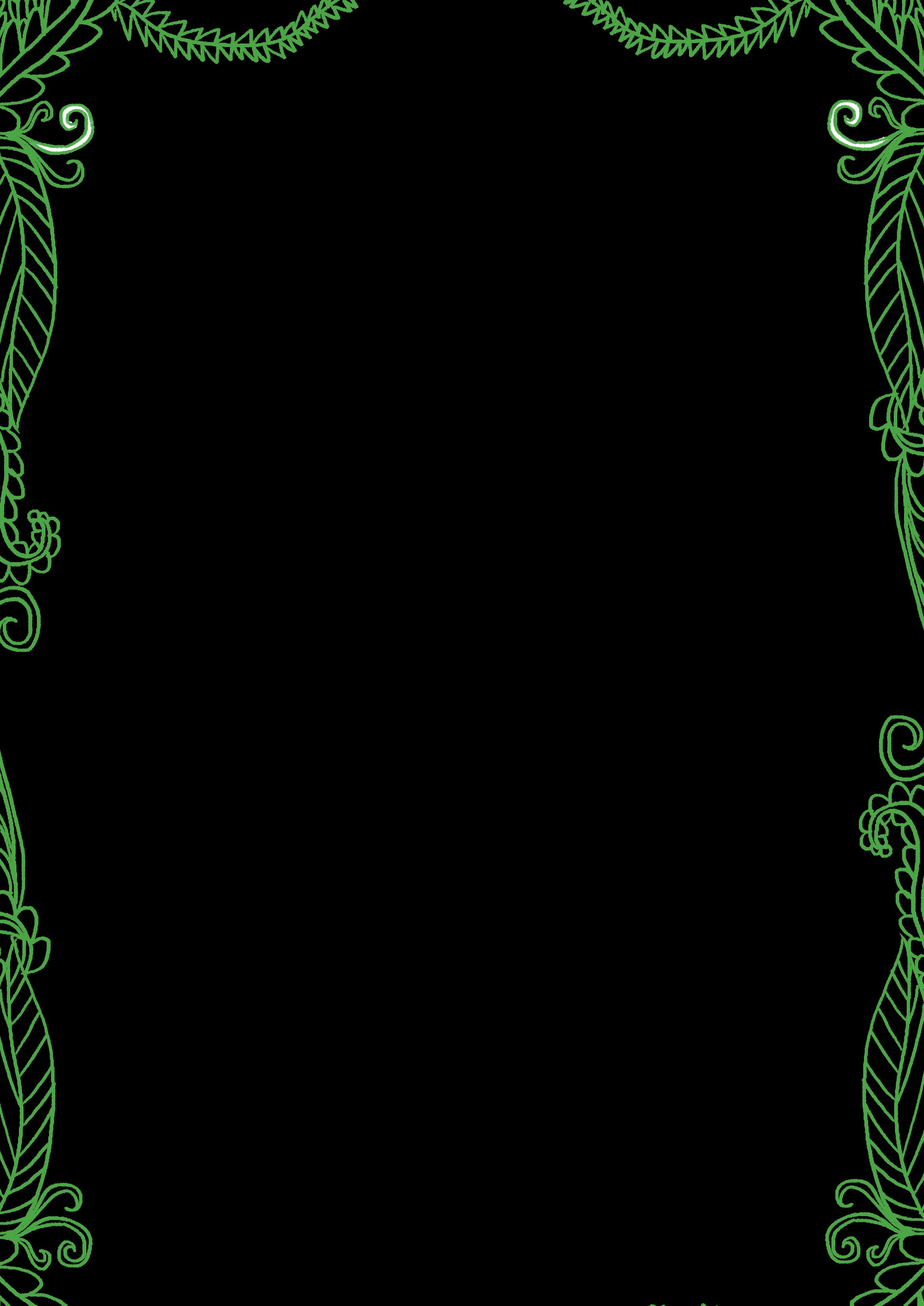
Nine-year-old Rotorua tamaiti
Urgently Seeks Māori and Pasifika
Bone Marrow Donors
words by Ashleigh Putt-Fallows (she/her/ia) (Ngāti Whātua, Ngāpuhi-Ngāti Hine, Tūhoe)
Te Waarakihi Hooper Felise, a spirited nine-year-old from Rotorua, urgently needs a bone marrow transplant due to aplastic anaemia. Despite nine weeks at Starship Children’s Hospital, a suitable donor hasn’t been found on the global registry. His family urges potential donors to register, especially those of Māori or Pasifika descent, as only 9,000 out of 40 million registered donors are Polynesian. Anyone aged 18-35 who meets blood donation criteria can join the registry at any blood or mobile center. From Salient to Te Waarakihi and whanau—we send Aroha, and we hope you find a donor soon so you can get back to Kura and the rest of your life. Kia Kaha. https://www.bonemarrow.org.nz/
Three Wāhine Receive Lifetime Paraihe - Ngā Tohu Reo Māori ‘24
words by Ashleigh Putt-Fallows (she/her/ia) (Ngāti Whātua, Ngāpuhi-Ngāti Hine, Tūhoe)
Ngā Tohu Reo Māori, celebrated on April 26th for the first time since 2019, honors those who promote Te Reo Māori in Aotearoa. Thirteen recipients from across the country were recognized. Health advocate Rawinia Higgins, broadcasting veteran Tini Molyneux, and kōhanga reo champion Kuini Moehau Reedy received the Te Tohu Oranga Angitu Lifetime Achievement Award, the event's highest honor, marking the first time three recipients, all women, were awarded this distinction. Dame Rangimarie Naida Glavish emphasized the language's vitality, echoing sentiments shared by Tini Molyneux and Kuini Moehau Reedy.
Urchinomics Sees Opportunity in New Zealand's Kina Barren Problem
words by Te Huihui o Matariki Chi Huy Tran (he/him) (Taranaki Tūturu, Te iwi o Maruwharanui, Ngāti Maniapoto)
Netherlands-based company, Urchinomics, has set its sights on New Zealand's growing sea urchin problem. With similar issues in Japan, California, Canada, and Norway, caused by overfishing and climate change, Urchinomics sees potential. To tackle the kina barrens, they have appointed Maru Samuels as the in-country director for Aotearoa. Samuels, with Ngāi Te Rangi, Te Rarawa, and Ngāi Takoto heritage, aims to consult with coastal communities and introduce the concept of mass removal and fattening of skinny kina. This approach could help regenerate seaweed forests. Stay tuned for updates from the upcoming public hui in Awanui, called by Oceans and Fisheries Minister Shane Jones.
Moving Forward with Memory: The Ō-Rākau Site's Journey to Remembrance
words by Te Huihui o Matariki Chi Huy Tran (he/him) (Taranaki Tūturu, Te iwi o Maruwharanui, Ngāti Maniapoto)
Kiingitanga spokesperson advocates for Ō-Rākau battle site's return to descendants, honouring history, and healing the future. The Ō-Rākau Remembrance Bill, progressing through legislation, aims to transfer the historic site to its rightful guardians. The land, pivotal in the Waikato War, witnessed fierce resistance by iwi against British forces. Rahui Papa emphasises the importance of remembering ancestors' struggles without dwelling on past pain, advocating for a national memorial to acknowledge all who stood with Waikato and Kiingitanga.


History
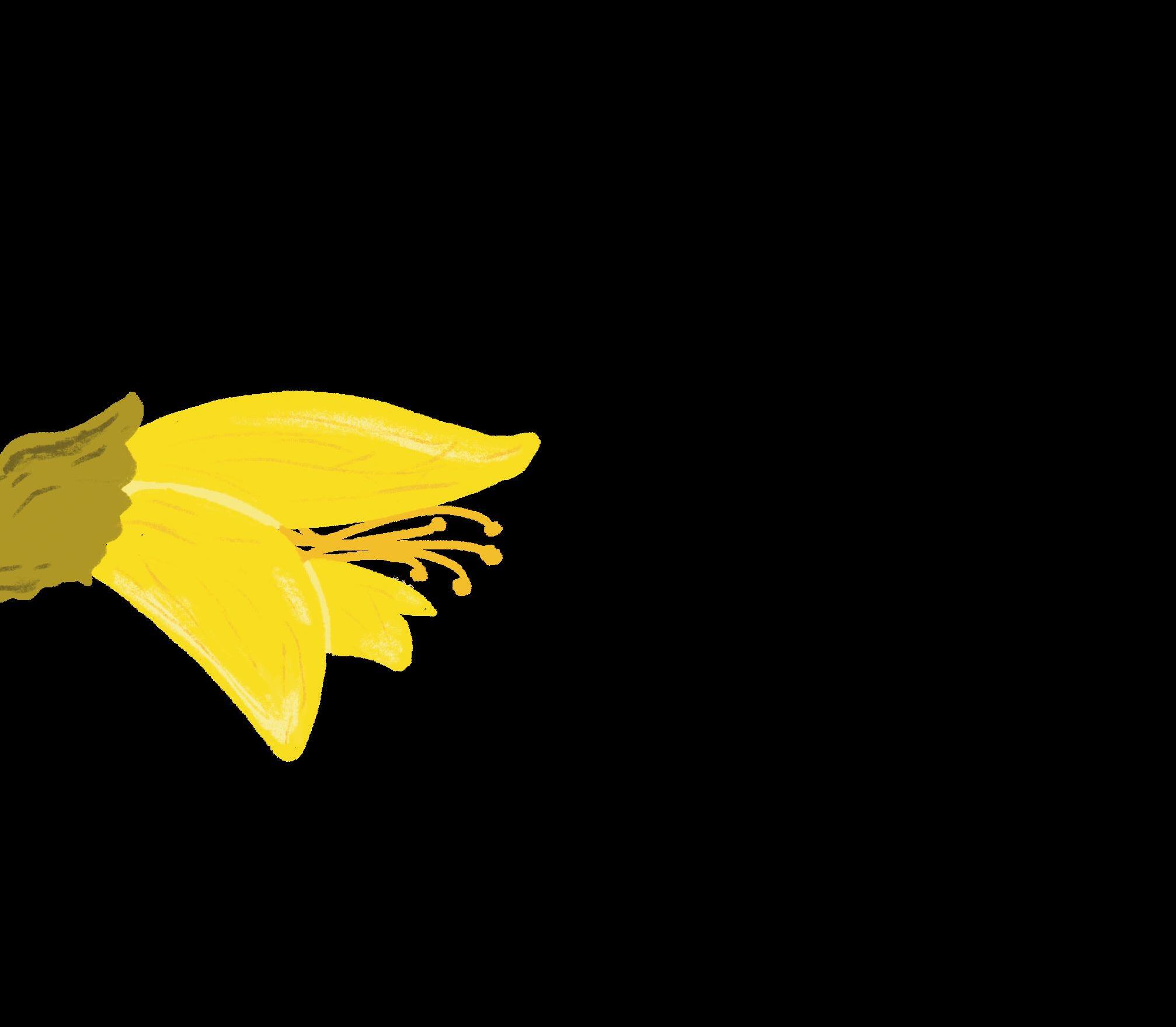
we’re looking at New Caledonia, which is not currently included in Aotearoa’s official Pacific Language Weeks.
Similar to Vanuatu (last week’s Pacific nation we explored), New Caledonia (Nouvelle Calédonie) is thought to have been inhabited by the Lapita people for over 3300 years, making it one of the earliest settled islands in the Pacific. Europeans first sighted the archipelago in the late 18th century, and it formally became a French colony under Napoleon’s orders in 1853. From 1864 to 1924, New Caledonia was a penal colony, harbouring over 20,000 French prisoners.
It was also one of the Melanesian nations involved in Blackbirding, the indentured labour trade. France’s Blackbirding occurred mainly within their overseas territories, so ni-Vanuatu and Kanak were often sent between islands. One of the most devastating parts of this history is the fact that many of those kidnapped from the Loyalty Islands were children.
Email greetings and sign offs
Bwëcu (këjè) / Boyou = Hello
Wâdé naa goo-jè töötù nâbë = Have a good day
Olé â jè mwââ nâ jè töötù = Thank you and till next time
Olé héti = Thank you very much
Numba = See you later
General phrases
Kanak = indigenous people of New Caledonia
Dau wâdé nâpô nâbë = It’s a beautiful day today
Wânâu wâdé? = How are you?
Wâdé = I’m good thanks!
Indja bouiti = Enjoy your meal

Due to a previous uprising, the French government passed the 1887 ‘Code de l’indigénat’ or ‘the Native Law’, forcibly displacing any Kanak on la Grande Terre from their homes into reservations in places with poor natural resources; they could not leave with permission from authorities. At this time, customary chiefs were replaced with administrative chiefs who imposed taxes and provided Kanak for unpaid labour. It wasn’t until the 1950s that Kanak gained French citizenship, the right to vote, Kanak children were allowed to go to school, and schools became free and compulsory.
New Caledonia comprises five main island groups, and a few remote islands—there’s La Grand Terre (the main island), the Loyalty Islands, the Chesterfield Islands, the Belep archipelago, and the Isle of Pines. The nation is divided into three provinces, the North and South Provinces, as well as the Loyalty Islands Province. And as of 2019, it had a population of 271,402.
Although it has 28 indigenous languages, the official language of New Caledonia is French. French Pidgin, Bislama, and Tayo (a form of creole) are also widely spoken across the islands. But the indigenous languages with the most speakers are: Drehu, Nengone, Ajië, Xârâcùù, and Paicî, which is the language we’ll be focusing on here.



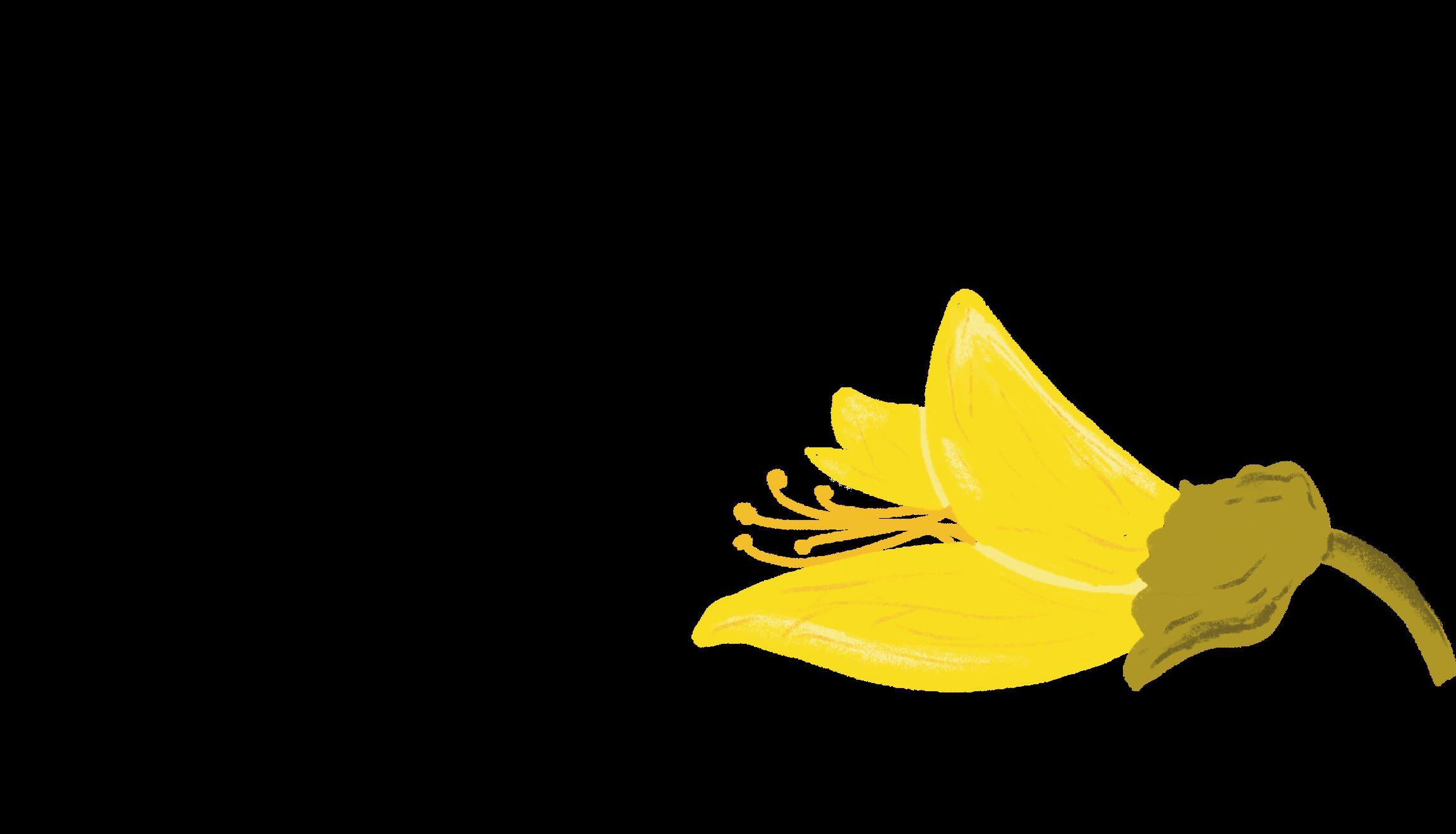
page 32
Mauatua Fa'ara-Reynolds (she/they) Ashleigh Putt-Fallows (she/her/ia)




Prints available @hoko.hemaima Whāia te iti kahurangi, nā Hemaima Keane
THURSDAYS IN BLACK

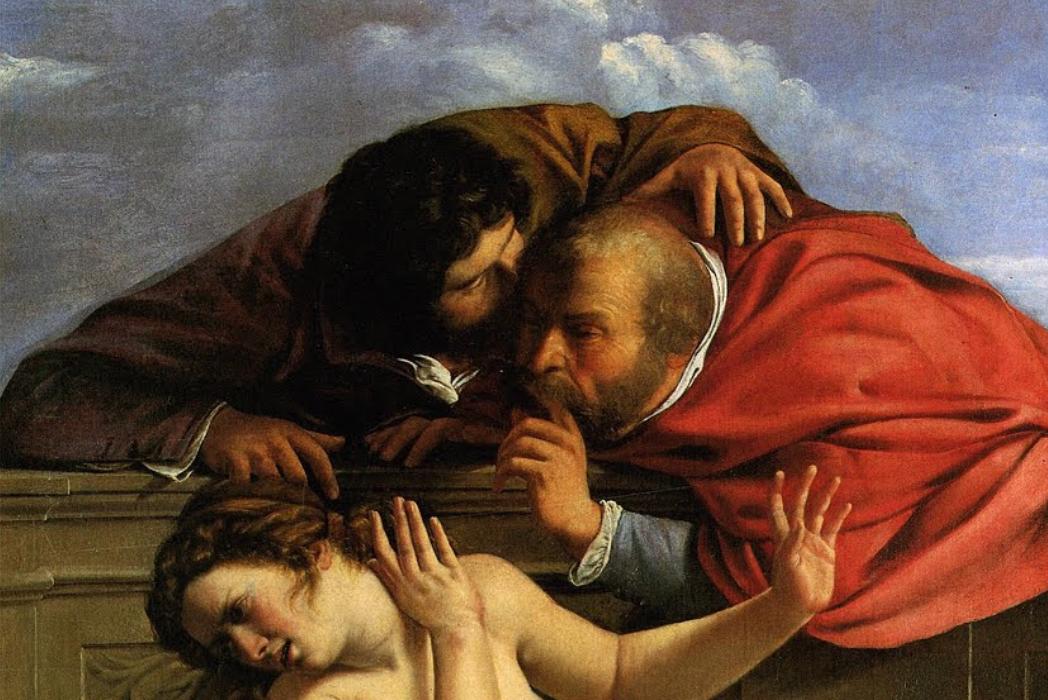
discussion of sexual abuse.
Artemisia Gentileschi burrowed into my heart when I discovered her two years ago, in ARTH 101. A trailblazing feminist icon, her successful career as a painter in 17th century Rome—unprecedented for women at this time—is characterised by revolutionary subject matter. In her dramatic reimaginings of traditional historical and mythological narratives, Gentileschi tears down the male gaze that dominated her visual world, inserting female voice and agency.
Two paintings, both titled Susanna and the Elders, voice Gentileschi’s strong campaign for women’s sexual rights. They respond to the Old Testament story of a woman (Susanna) who is spied on and approached by two men (the Elders) whilst bathing in her garden. After she refuses their sexual advances, the Elders accuse her of adultery. Previously objectifying and villainizing portrayals of Susanna by male artists, such as Cesari Giuseppe or Otavio Leonni, arrange Susanna’s nude body for the pleasure of the viewers. She nonchalantly brushes her hair or washes herself in a nearby pond whilst staring seductively from the canvas at the target—male—audience. Her unaffected behaviour in the Elders presence insinuates that she is the villain in this story, responsible for leading the Elders on, which leads to her trial.
Gentileschi refuses this portrayal. She paints from Susanna’s perspective, rather than the lusting Elders, and shifts the focus of the story to her plight. In her
Artemisia Gentileschi
words by Dinah Symons (she/her)
first work, from 1610, Susanna grimaces, contorting her body away from the men and shielding herself with her hands. Gentileschi properly conveys Susanna’s discomfort at the Elders violating presence. The third painting, from 1652, shifts focus completely from Susanna’s now covered body to her rejection of the objectifying gazes of the men on the canvas, and those viewing it. Looking the Elders in the eye and holding a hand out to stop their advances, she forces them to acknowledge her as a human being.
These paintings speak to all audiences, and they are as relevant and powerful now as they were 400 years ago. With her first Susanna she asks her viewers to rethink what sexual violence looks like. With her second Susanna she turns her female subject, and viewers, into people with sexual rights, agency and responsibility. Both artworks disrupt patriarchal narratives and constructions of women by asserting female voice and power.
Both are (in my humble opinion) artistically beautiful, just like the rest. The strength of the visual language Gentileschi speaks lies in the way she speaks it. Her female characters inhabit the canvas with force, emotion and energy; they are animated by a dynamic use of light, colour and form. I encourage anyone who is interested to go explore and admire what Gentileschi has to say.

page 34 columns tīwae
CONTENT WARNING


 words by Zia Ravenscroft (he/they)
words by Zia Ravenscroft (he/they)
RIP Saint Sebastian You Would’ve
Loved Masochism
“You know, sometimes he’s called the patron saint of piercings,” the piercer doing my navel stud said last month. He was referring to a tattoo on my torso, of Christian martyr and masochistic icon Saint Sebastian. He’s actually the patron saint of protection against plague, athletes, and archers, but close enough. Sebastian was sentenced to death during Christian persecutions in Ancient Rome, yet he miraculously survived being shot with arrows. He was healed by Saint Irene of Rome, and was later clubbed to a much less sexy death on the Emperor Diocletian’s orders.
My tattoo is complete with his hands bound overhead, droplets of blood from his puncture wounds, and a facial expression I asked my artist to redraw to make it hornier. I also asked for top surgery scars on his chest. I like my Catholic saints how I like my friends and lovers—transsexual.
When I showed my (extremely cool) grandfather my new tattoo, he joked about it being my own side wound like Christ himself, but asked why I got some random religious guy on my body forever when I’m firmly atheist. Why indeed? I’m certainly not the first gay artist to be obsessed with Sebastian. He’s been immortalised in poetry by Frank O’Hara, a movie by Derek Jarman, and was described by Oscar Wilde as the ideal of human beauty.
Paintings of Saint Sebastian have had queer significance since the 1400s, where he was one of very few male saints to be painted nude alongside Christ.
Renaissance artist Giorgio Vasari said that viewers of one work depicting the martyr in his pierced glory, by Fra Bartolomeo, would ‘sin at the sight of it.’ And paintings of Sebastian only became more androgynous and erotically charged throughout the 18th and 19th centuries, despite the Catholic church forbidding artists from showing saints with ‘beauty exciting lust.’ Artists began concealing his nudity with loincloths or ambiguously draped fabric, yet the newly subtle suggestiveness only added to his homoerotic appeal. The rather obvious penetration metaphor of the arrows entering his flesh helped, too.
Every time I see a Sebastian artwork online I repost it with ‘built like this btw’ as a caption. My friends make fun of me for how often I reference him in my poetry. For over a year, my Instagram profile picture has been an Alison Bechdel drawing of the saint. My personal favourite painting of him (and my phone wallpaper) is a Guido Reni from 1625, which the Auckland Art Gallery owns. I cried when I saw it in person for the first time last year.
To me and so many others across history, he represents pleasure in his torment, and submission to mortality itself. He is divine in his ecstasy and suffering alike, finding balance and even beauty in pain. Saint Sebastian reminds me to endure even when life is hard, and to eroticise the impossible. You’re going to be pierced with arrows anyway—you may as well enjoy it.
page 35 columns tīwae
PUZZLES everybody's favourite page
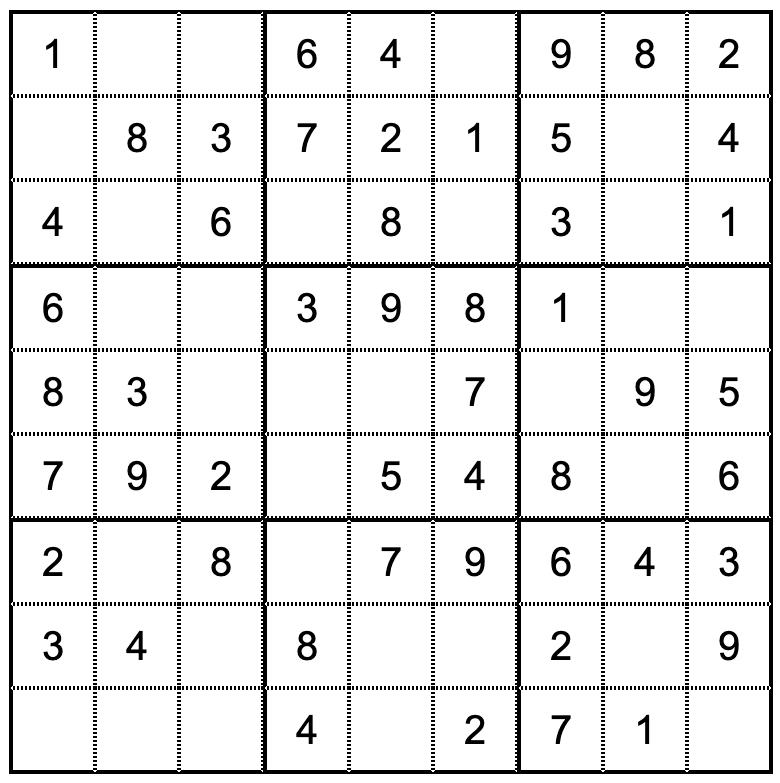
NEW ZEALAND SIGN LANGUAGE (NZSL) WEEK 2024!
NZSL traces its roots back to the early 19th century when deaf education was introduced to the country by British settlers. Initially, NZSL developed organically within deaf communities and was a blend of British Sign Language (BSL) and aspects of Aotearoa. Modern NZSL also includes Māori kupu. In 1980, NZSL gained recognition as an official language of New Zealand; the 2006 passing of the New Zealand Sign Language Act further solidified its status, ensured accessibility, and promoted its use in various domains including education, government, and media. NZSL continues to thrive as a vital means of communication for the deaf community in Aotearoa.
NZSL week runs from the 6th to 12th of May and its theme this year is “an Aotearoa where everyone can sign”. The university will be running multiple opportunities to learn basic NZSL, so keep an eye out! You can also visit the Learn NZSL website or, for more information on NZSL, visit the NZSL week website.
Maze Puzzle
painted the Mona Lisa?
planet is closest to the sun? What was Queen Elizabeth II's surname? What is the largest country in the world?
Which fashion designer reportedly had a relationship with Winston Churchill?
bird
How many birds of the week can you find in this issue? Flick through the magazine, count them all and send your answer to letters@salient.org.nz and be in to win a prize!
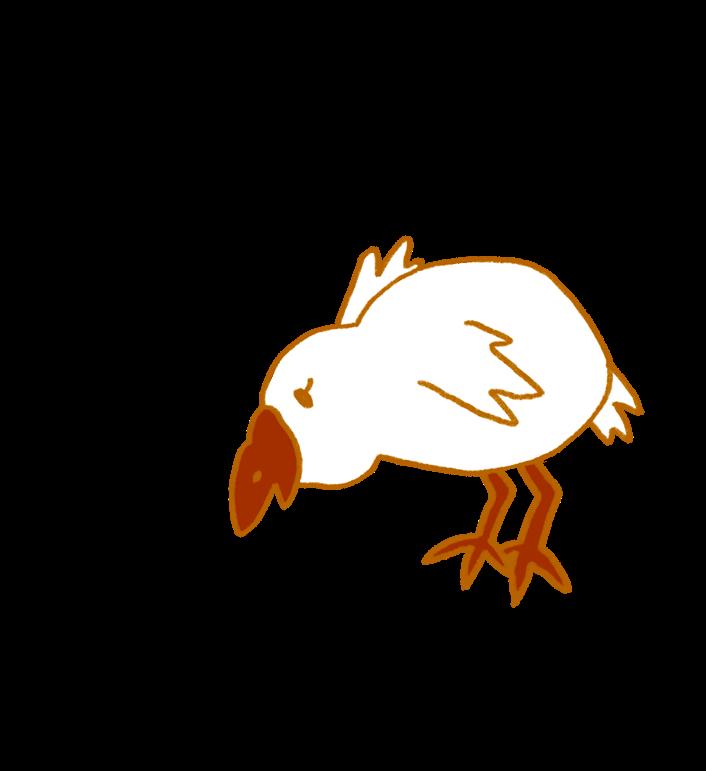
page 36
WEEKLY QUIZ 01 02 03 04 05 Who
Which
QUIZ ANSWERS 01. Leonardo da Vinci ; 02. Mercury ; 03. Windsor. Her full name is Elizabeth Alexandra Mary Windsor ; 04. Russia ; 05. Coco Chanel
search



ACROSS
1 New Zealand's longest running TV Drama
3 Art gallery on campus
4 Race horse on display at Te Papa
6 Winner of the seventh season of Australian Idol
8 Tool used to put paint on canvas
9 2007 film starring Josh Hutchinson
11 Musician who sung "Something in the Water"
13 Tool used to write with, cannot be erased
14 Rebecca K Reilly's debut novel
15 The band created their name from the street number of the house they lived at in Dunedin.
17 Contemporary Art Gallery in Wellington
19 Musician who sung "Royals"
20 Hera Lindsay Bird's debut novel published in 2016
22 The dog in Hairy Maclary "with a very low tum"
24 Tool used to cut paper
25 Famous American horror author
26 New Zealand pop and R&B band that formed in Te Aro, Wellington in 2014
31 Te Reo name for Adam Art Gallery
32 Lions name in the movie Madagascar
33 Author of Hairy Maclary
34 Name of Salients designer
35 The greyhound in Hairy Maclary
36 The old english sheepdog in Hairy Maclary
37 Samoan-New Zealand actor and television presenter born in 1969
ISSUE 08
Crossword solution

38 Musician who sung "Slice of Heaven"34. With 35A, type of company that produces or distributes movies; a hint to the shaded clues (4, 6)
DOWN
2 Name of traditional Māori tattoo
4 Tool used to draw, can be erased
5 Elizabeth Knox's debut novel published in 1987
7 Author of Into the River
10 New Zealand's longest-running television series.
11 Name of the dalmation in Hairy Maclary
12 This dog in Hairy Maclary is "as big as a horse"
15 The antagonist in Hairy Mclary also known as "toughest Tom in town"
16 Name for a small-circulation self-published work of original or appropriated texts and images
18 Famous publishing house named after an animal
21 Author of The Hunger Games
23 New Zealand actor who played Archie Andrews on Riverdale
27 Te Reo name for City Gallery
28 Purpose built piece of furniture to put canvas on to paint
29 James Rolleston's debut film
30 First name of Season 12 Australian Survivor winner

puzzles panga
The Puzzles are brought to you by The Hunter Lounge. For the best pizza, pool, and bevvies on campus, pop in on your next trip up the hill!

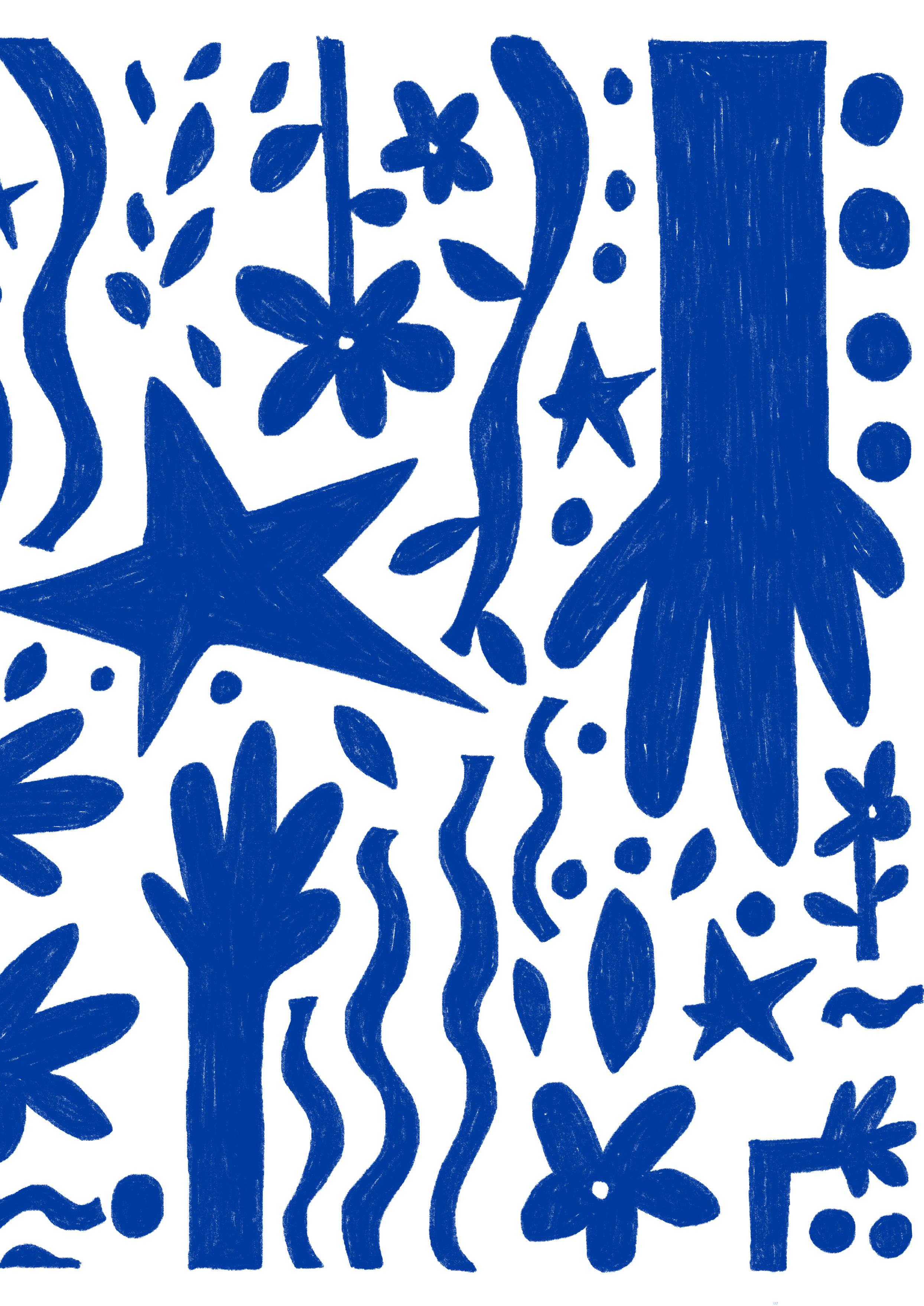
Hands
Eva Davis (she/her)
Taking your hands out of the water is hard when they’ve grown gills, and of course hands don’t really do that, but people do when they can’t breathe. No they don’t, they stick their head up out of the water. Their hands grow calloused, they don’t grow gills. It’s easy to believe those calluses are gills when you’re drowning. A person will believe anything when they want to survive.
Scrubbing the dirt off of your hands is hard when you’ve planted them in the ground, and of course you can’t really plant your hands in the ground, but people do that when they don’t know where they belong. No they don’t, they read self help books, they meditate, they look at the map on the sidewalk. They’ll do anything to avoid looking lost. It’s easy to avoid things, harder to ask for help. A person will do anything to avoid asking for help sometimes.
Taking your hands out of the fire is hard when they’re cold, but of course people don’t really do that, they don't stick their hands in fire. They hold them in front of it, they huddle close to it. Nobody sticks their hands in fire, everybody knows fire burns. They’ll get as close as they can though, they might even sing themselves a little. A person will lean in as close as they can when it’s cold, even if it burns.
Hands are good at holding on to things, at getting close to things, at getting used to things. It's in their nature to fold shut, to curl in, to hold on. They get used to things, and we all know once you get used to something it is hard to let go, addiction is the easy way to go (no it’s not, but no one tells you that). It’s easy to cling to things, the hard part is letting them go. A person will do anything to keep holding on.
Context:
I wrote this piece about the character Stepehn Blackpool from Hard Times by Charles Dickens, I wrote it mostly about the way they call the workers of the industrial revolution ‘hands’ and reduce them to their ability to work, but lately I’ve also been thinking about this piece in tandem with what privilege allows you to do with your hands (ie: create art) and also how art is affected by consumer culture/its ability to make and or not make money. Mostly though, it is about what people do with their hands.
poetry & prose auahatanga
SALIENT TEAM 2024

Second Row: Phoebe Robertson (she/her, Editor) ; Te Huihui Tran (he/him, Te Ao Māori Co-Editor) ; Ashleigh Putt-Fallows (she/ her, Te Ao Māori Co-Editor) ; M&M (Ash's cat) ; Guy van Egmond (he/him, Contributing Writer) ; Jia Sharma (she/her, Music Editor); Mauatua Fa'ara-Reynolds (she/her, Staff Writer) ; Henry Broadbent (he/him, Sub-Editor)
Front Row: Teddy O'Neill (he/it/ia, Speaker of the House) ; Ava O'Brien (she/her, Distributor) ; Ethan Rogacion (he/him, News Co-Editor) ; Dan Moskovitz (he/him, Chief Reporter) ; Will Irvine (he/him, News Co-Editor) ; Kate Seager (she/her, Designer)

This week's comic artist: @starfiesh
page 39
Submit
a comic: designer@salient.org.nz
Third Row: Ngan Dang (she/they, Staff Writer Intern) ; Monisha Dahya (she/her, Podcast Intern) ; Darcy Lawrey (he/him, Online & News Intern) ; Prunella Azzahra (she/her, Design Intern) ; Cedar Porteous (she/her, Staff Writer Intern) ; Phoebe's Dog
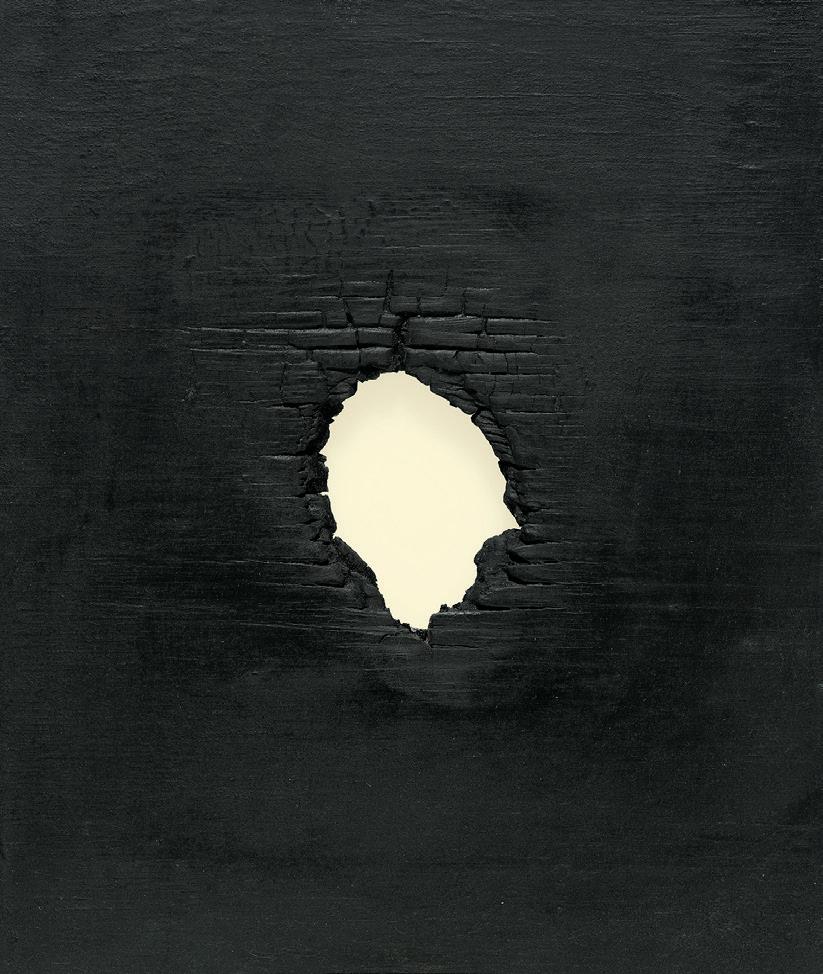
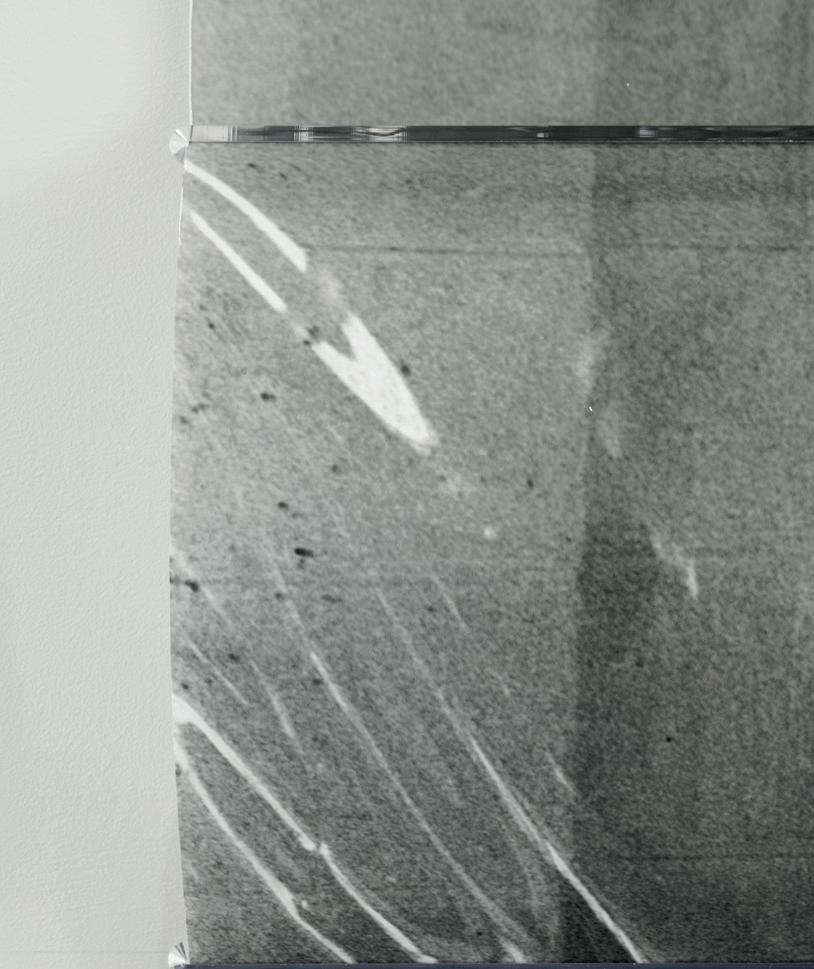

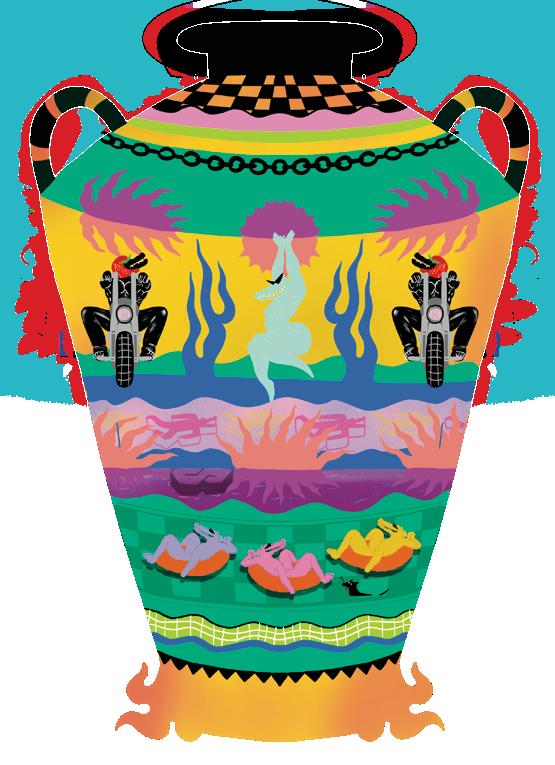




















 ZIY: Zine It Yourself
ZIY: Zine It Yourself


























































































 words by Zia Ravenscroft (he/they)
words by Zia Ravenscroft (he/they)













